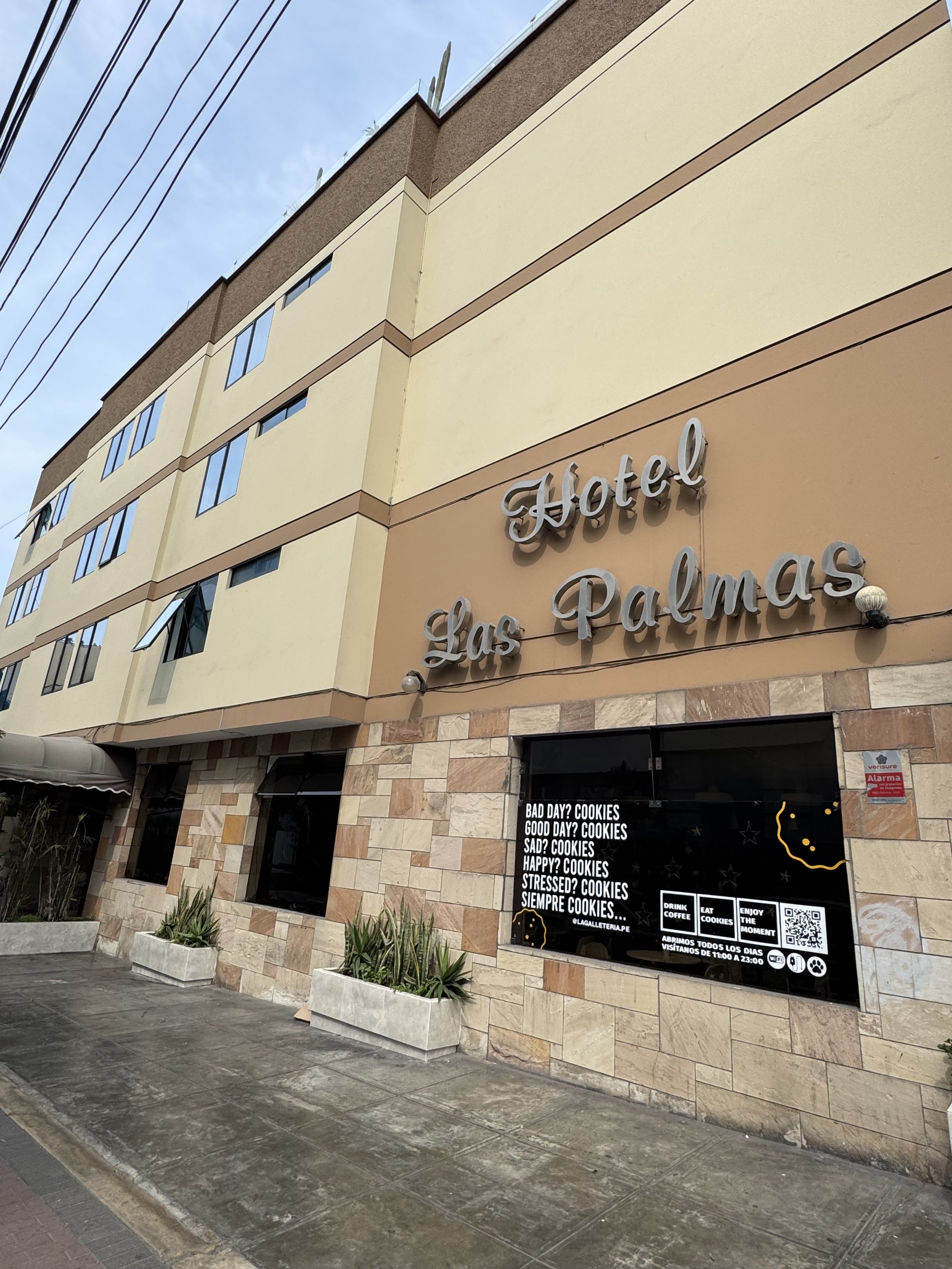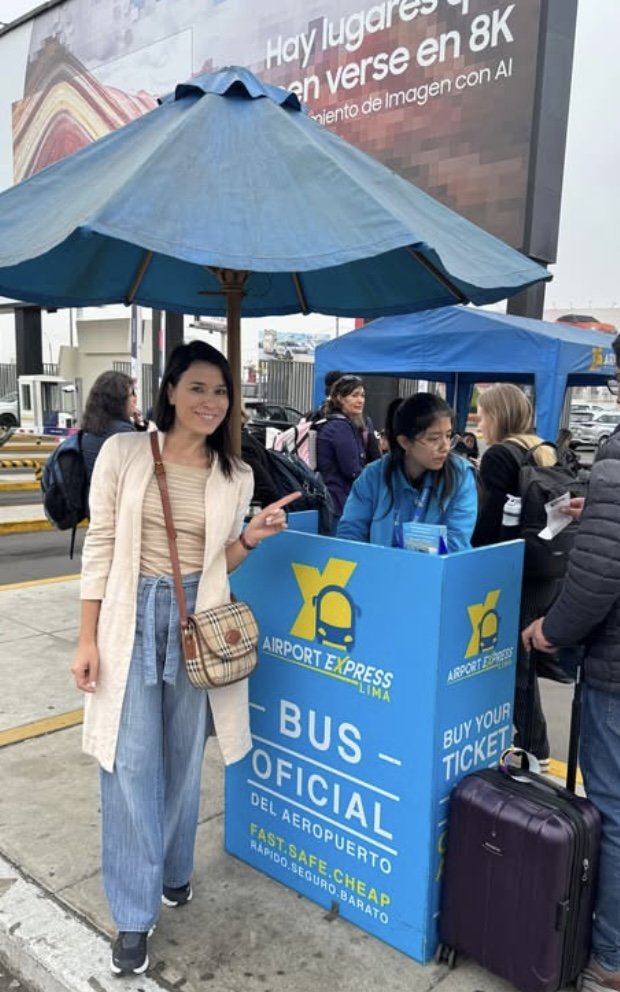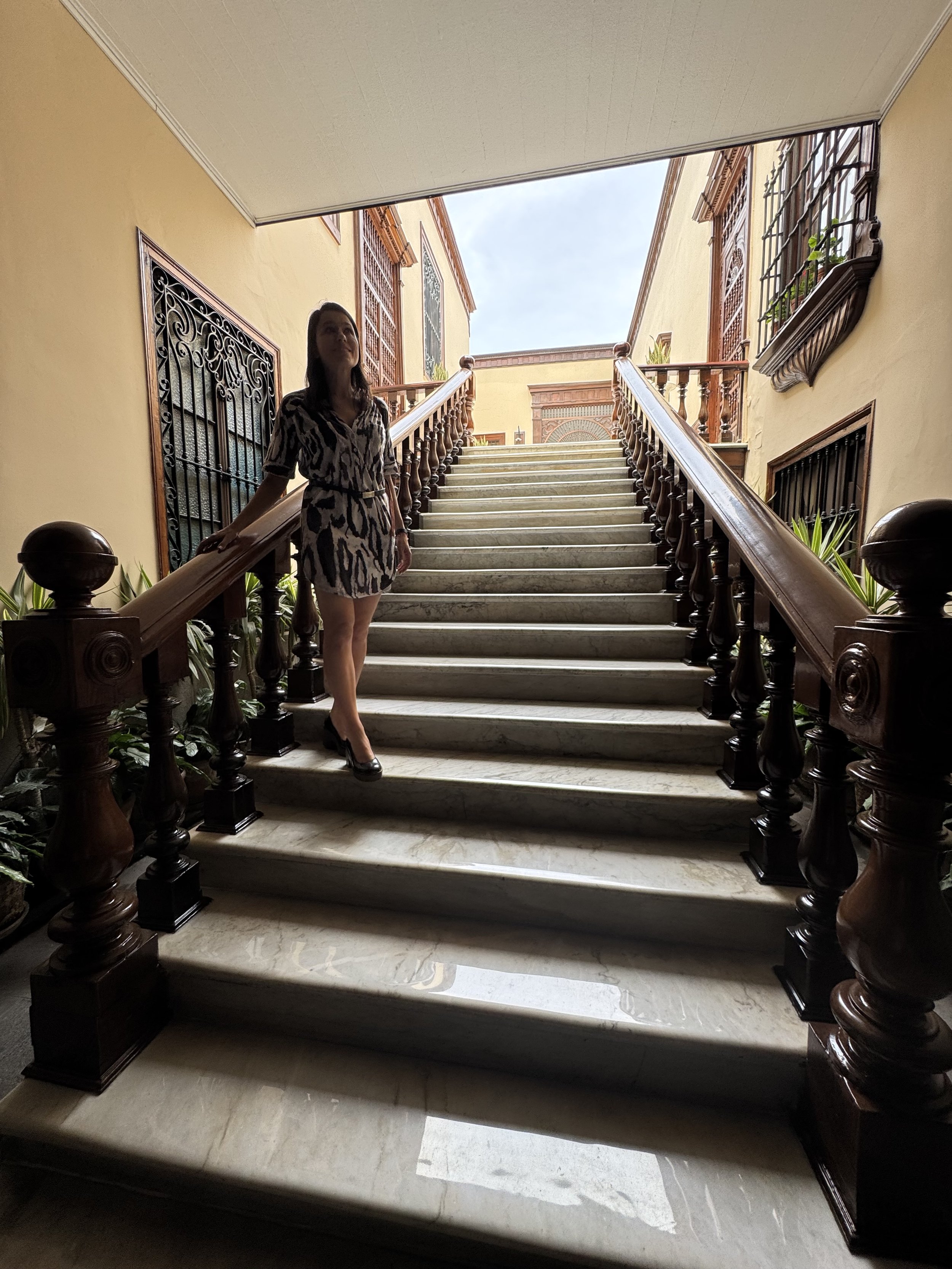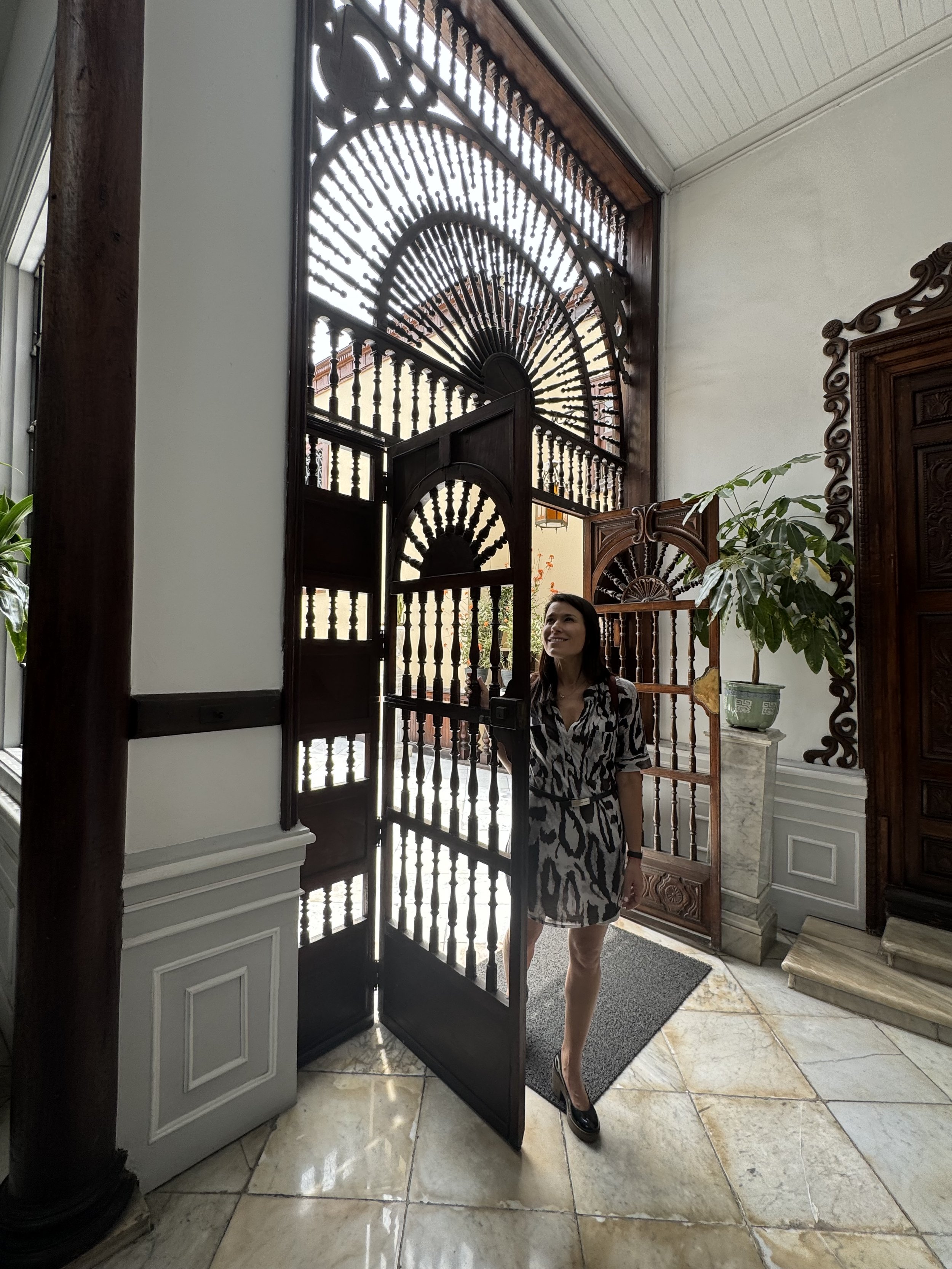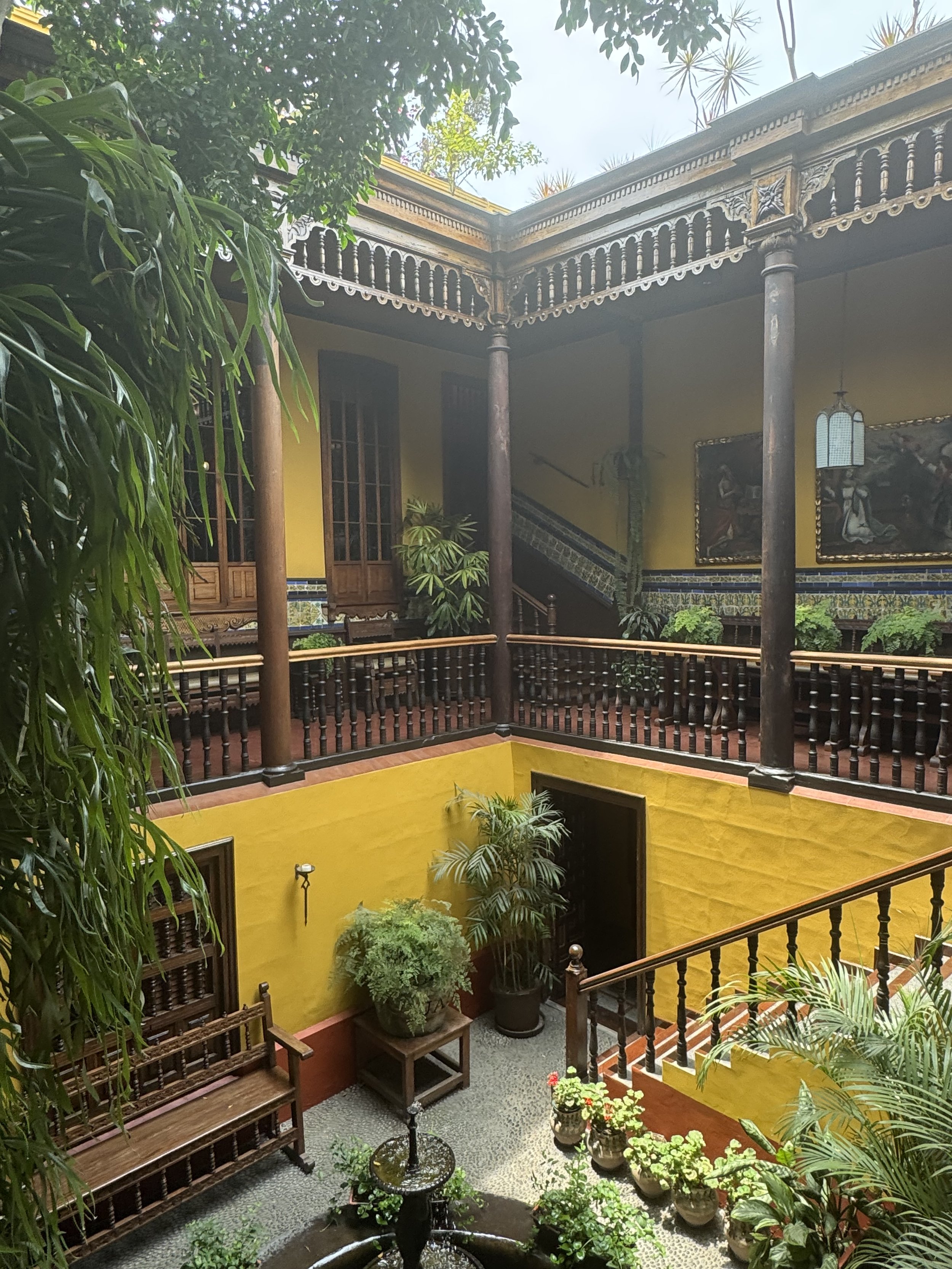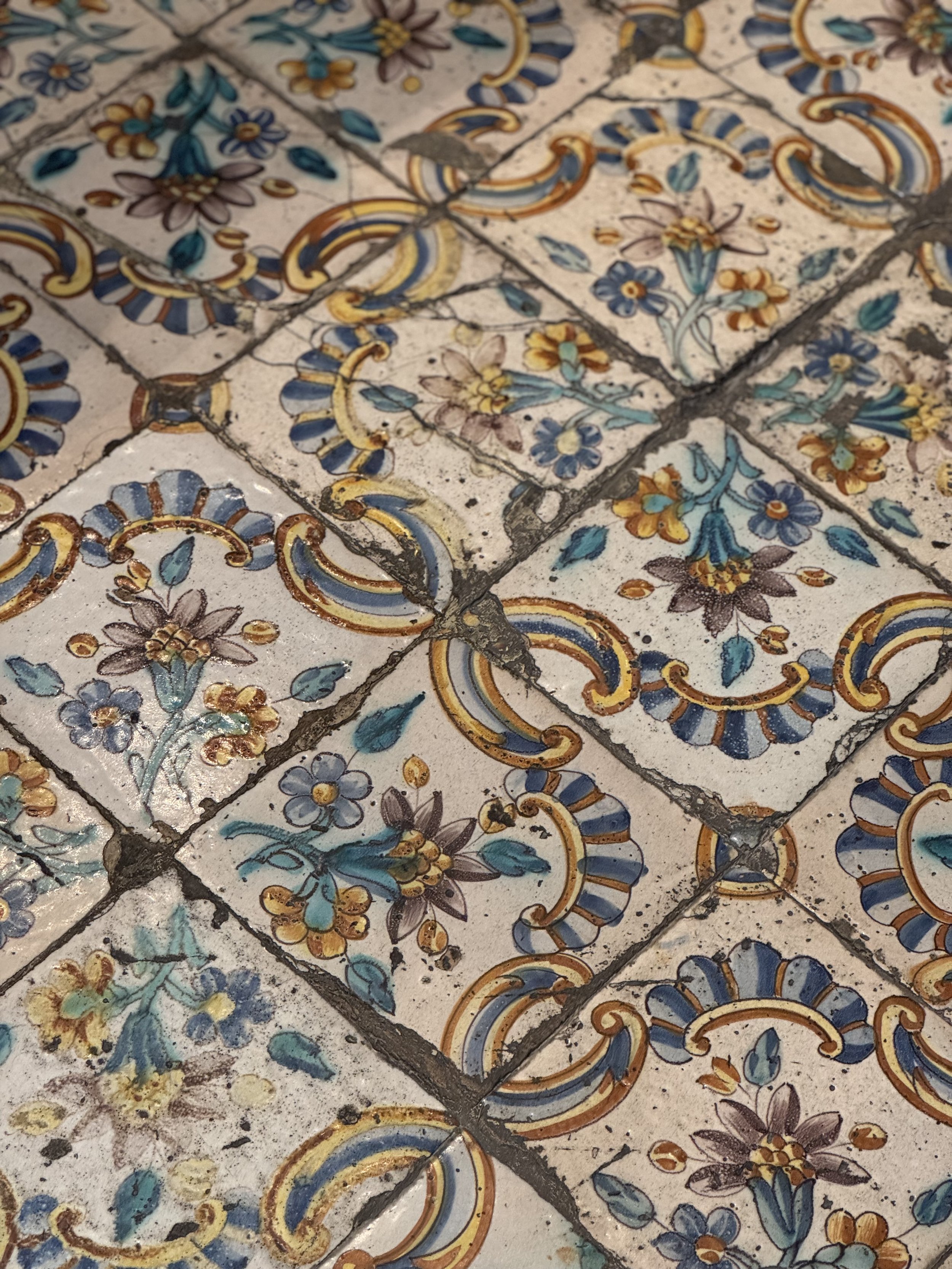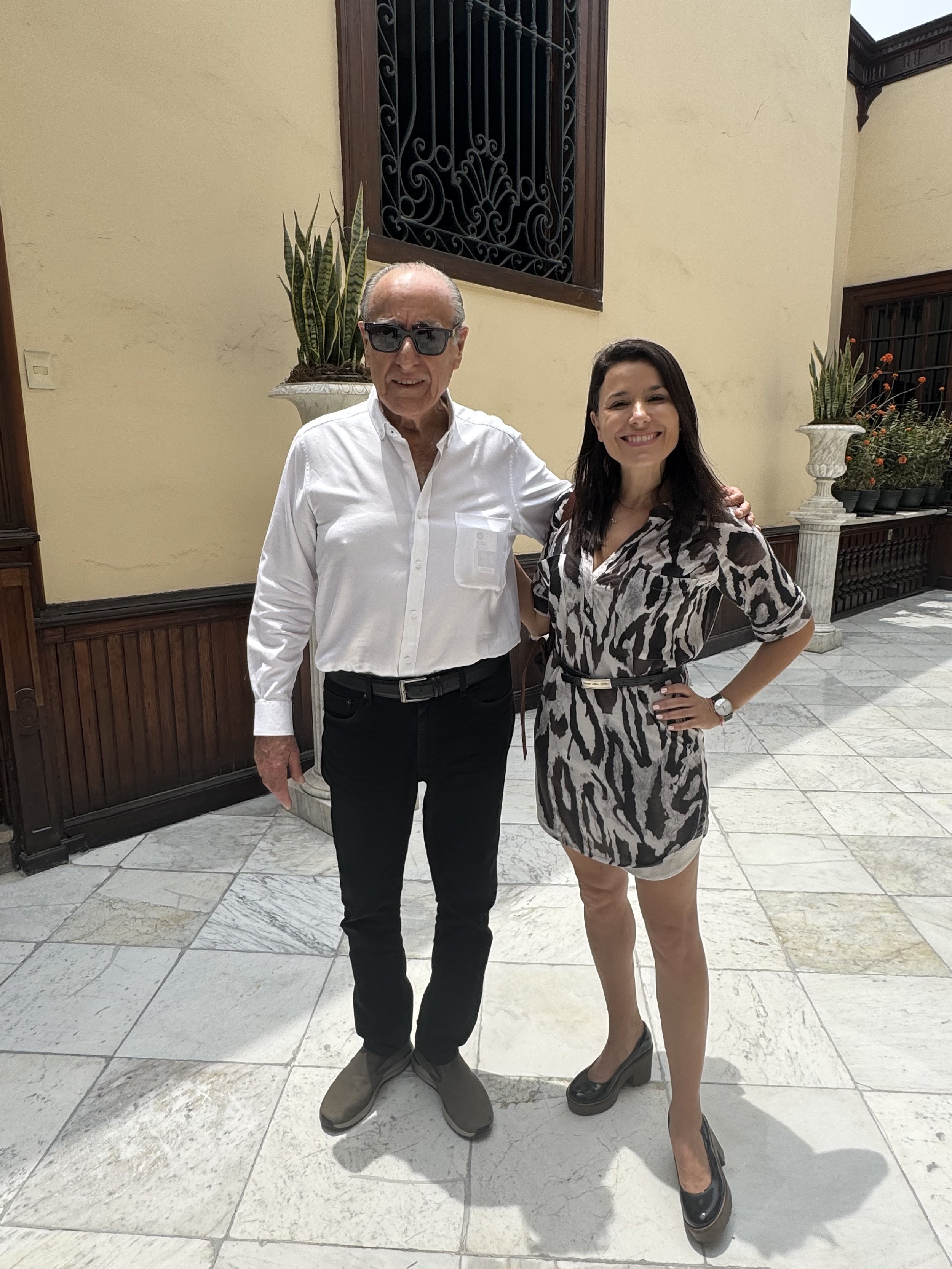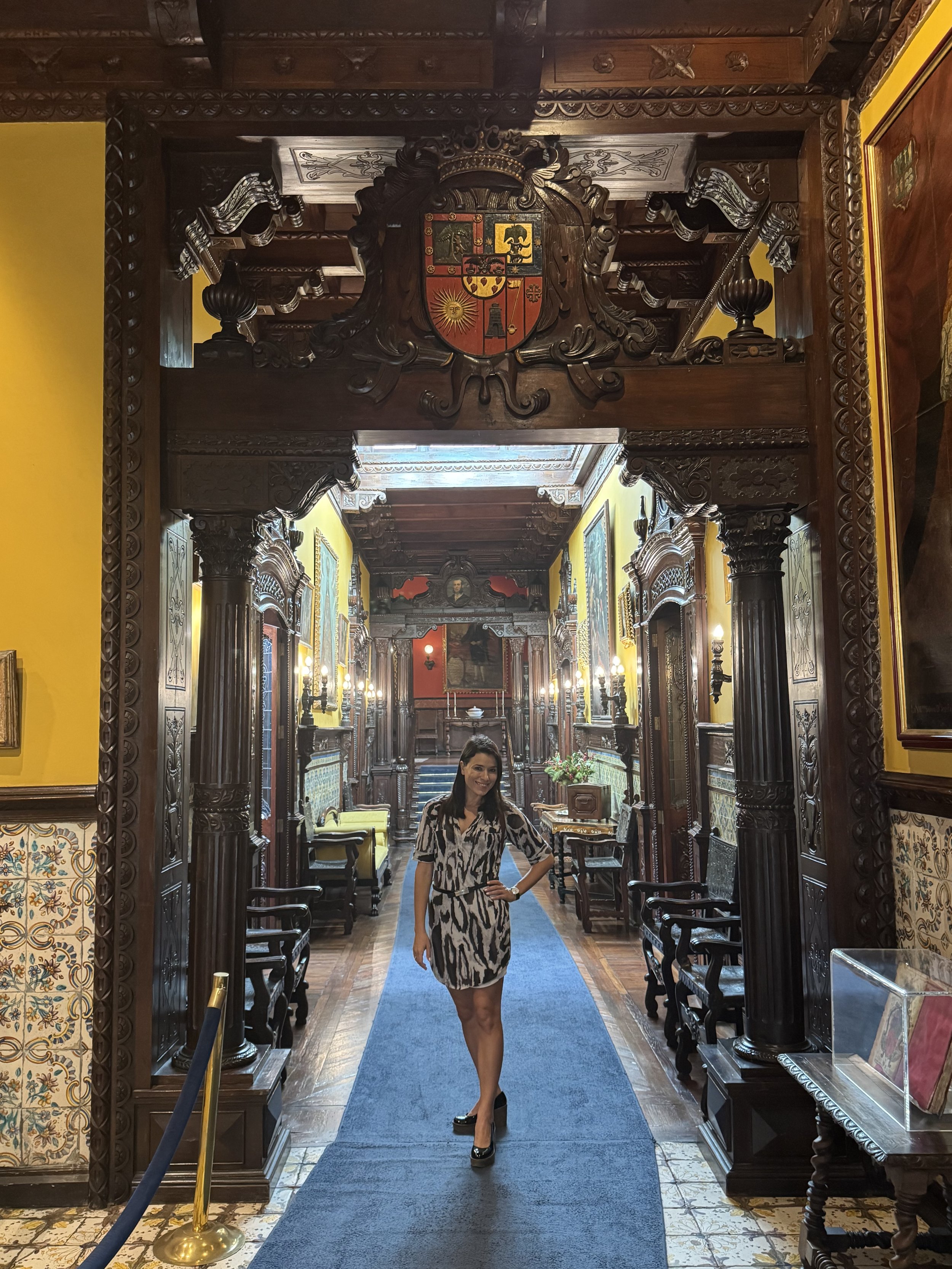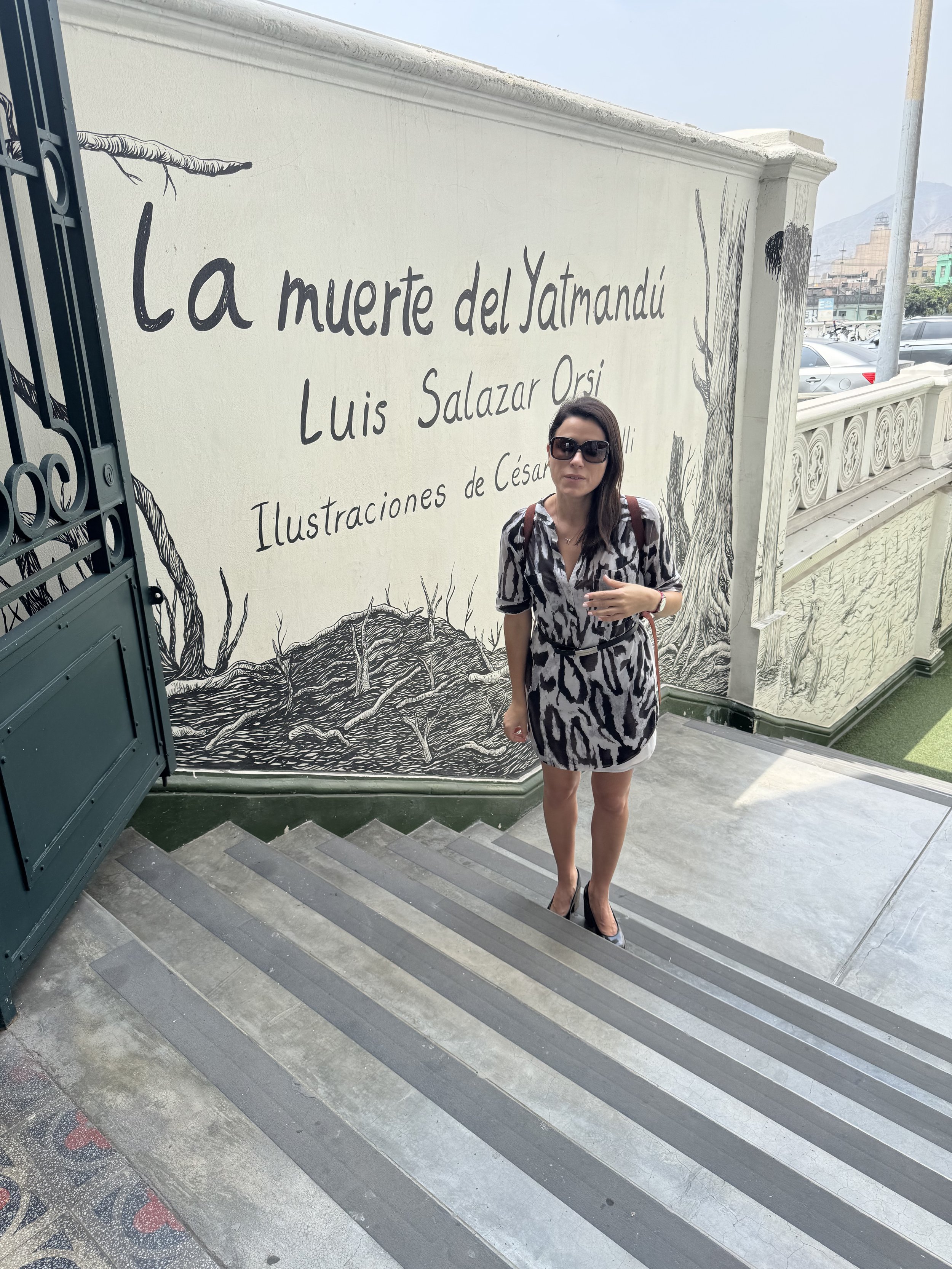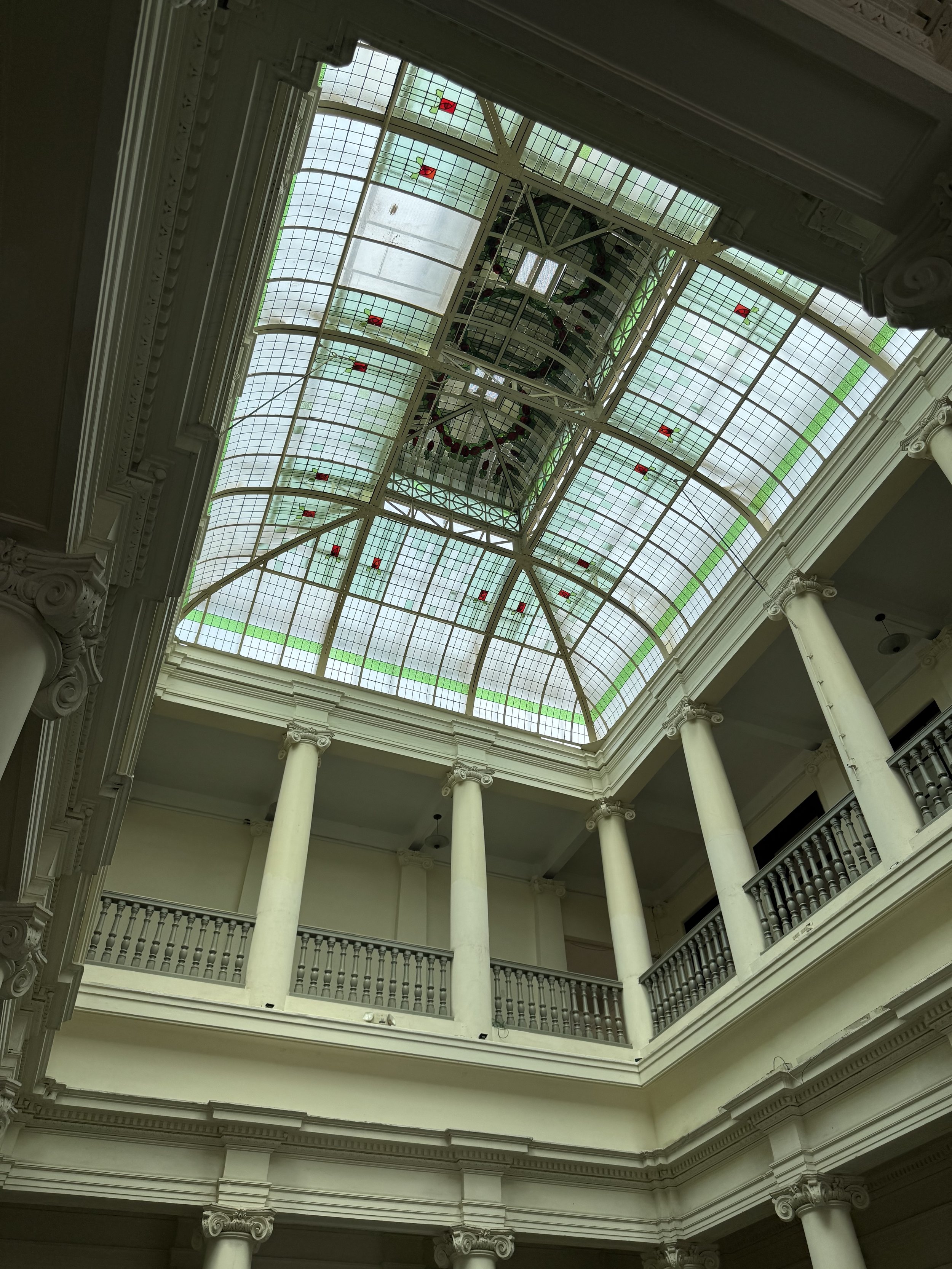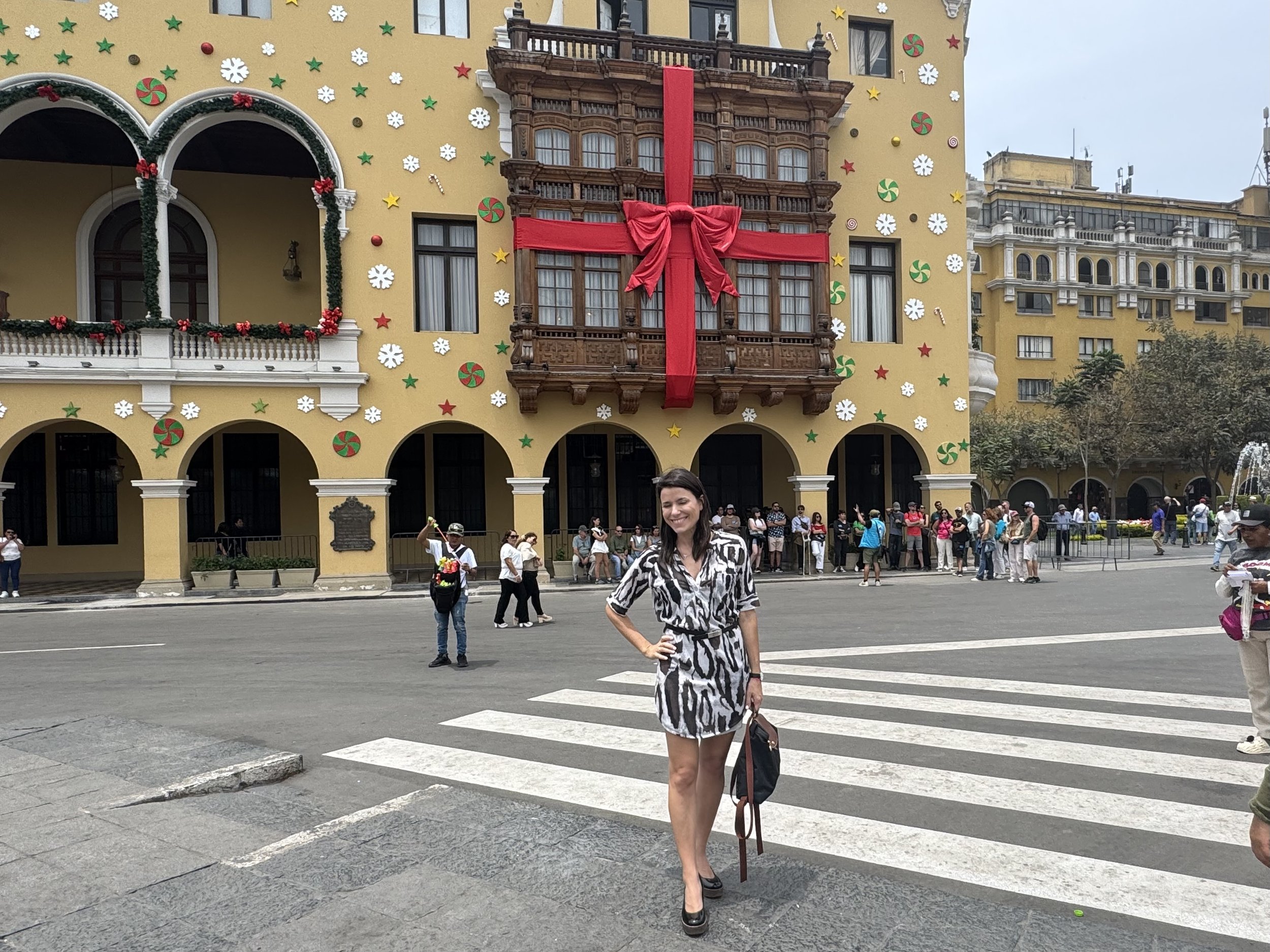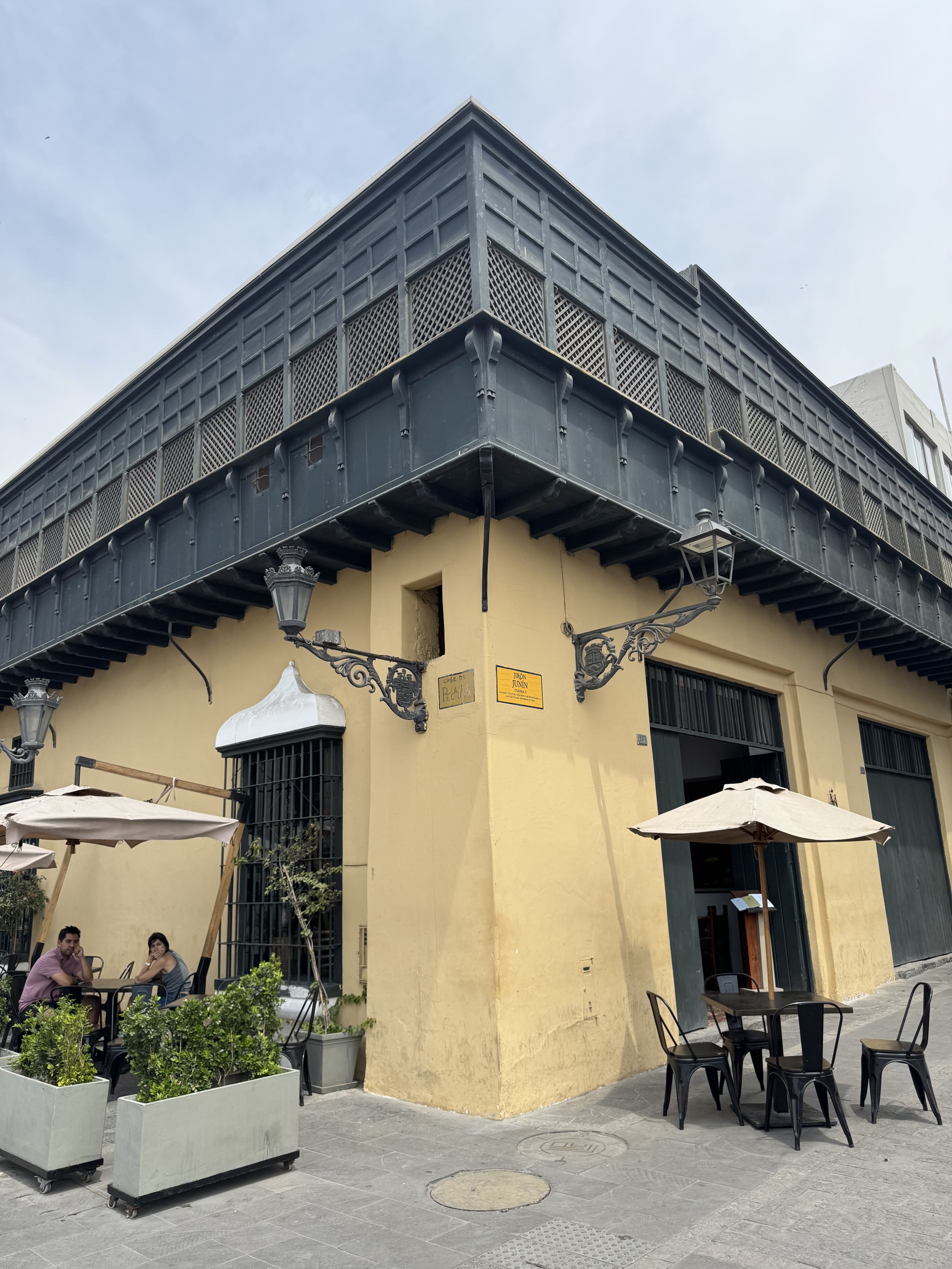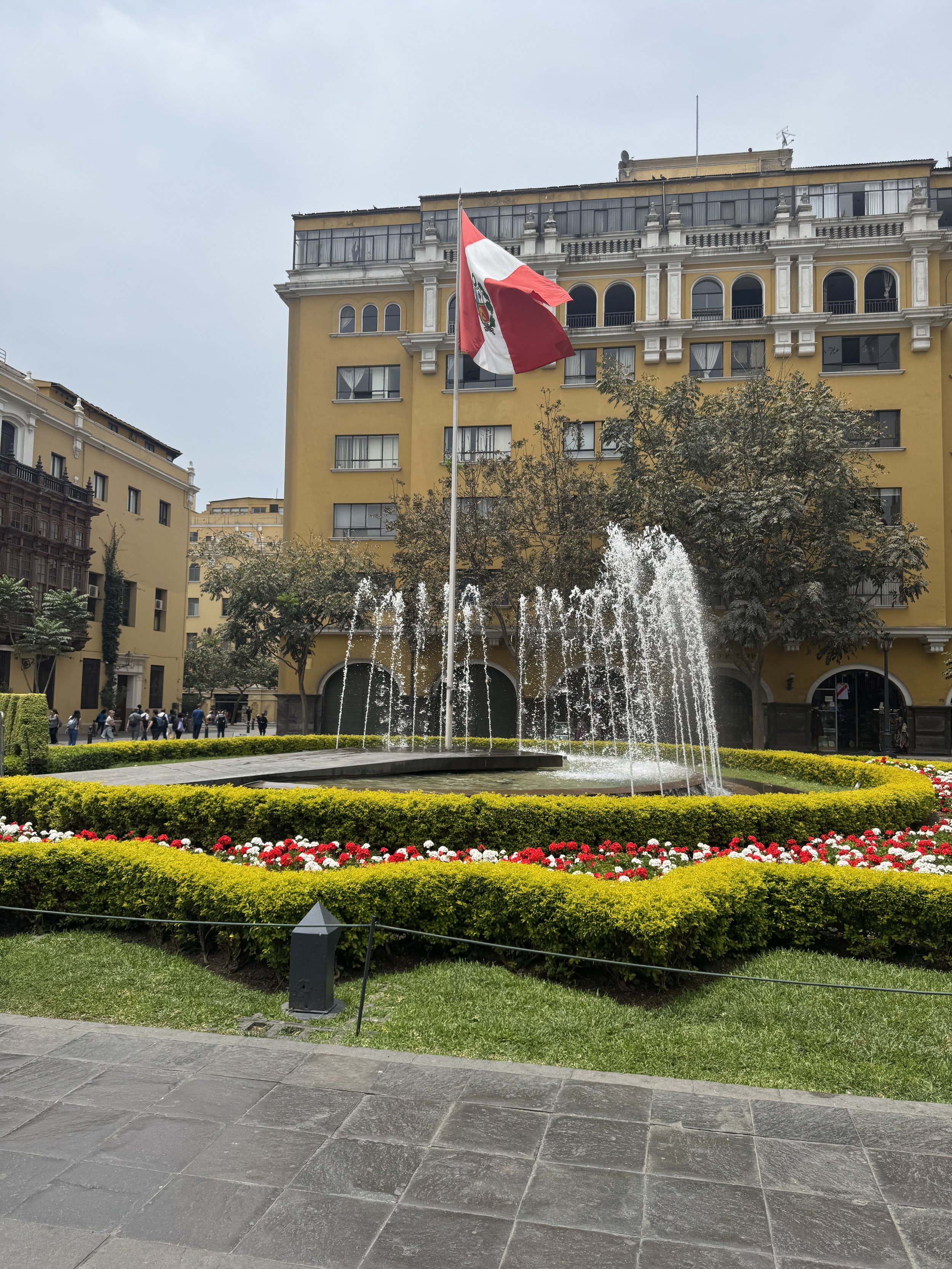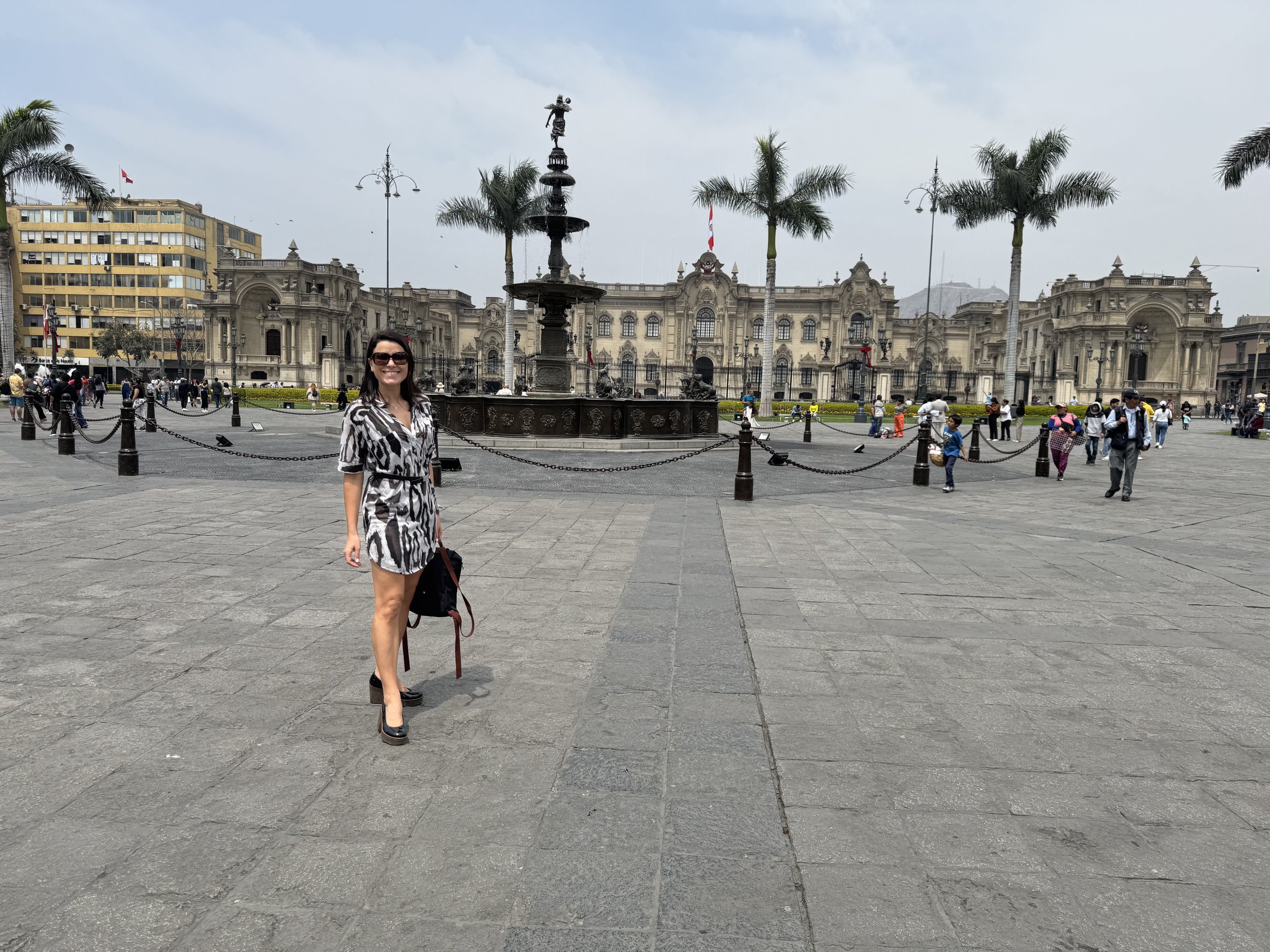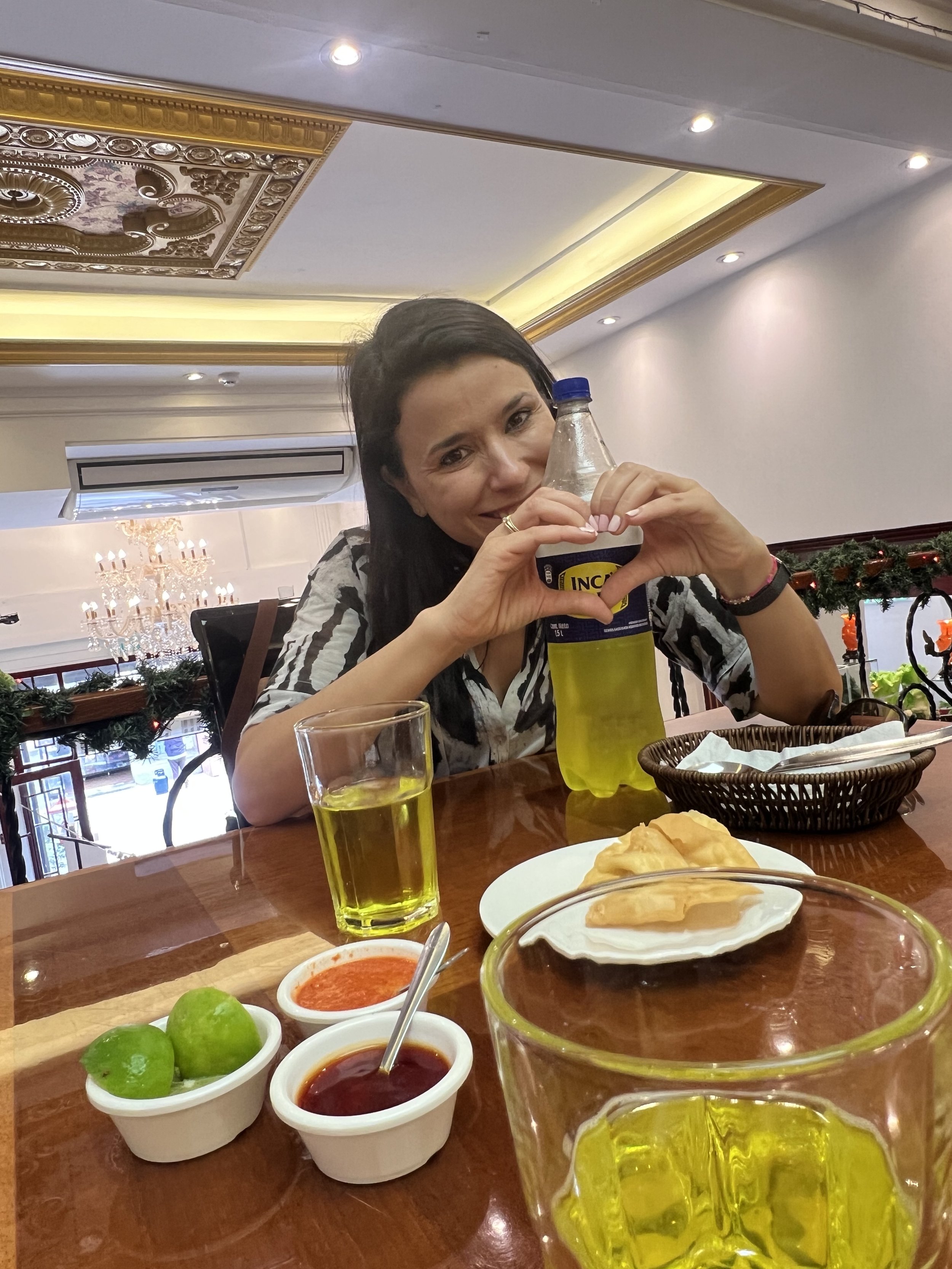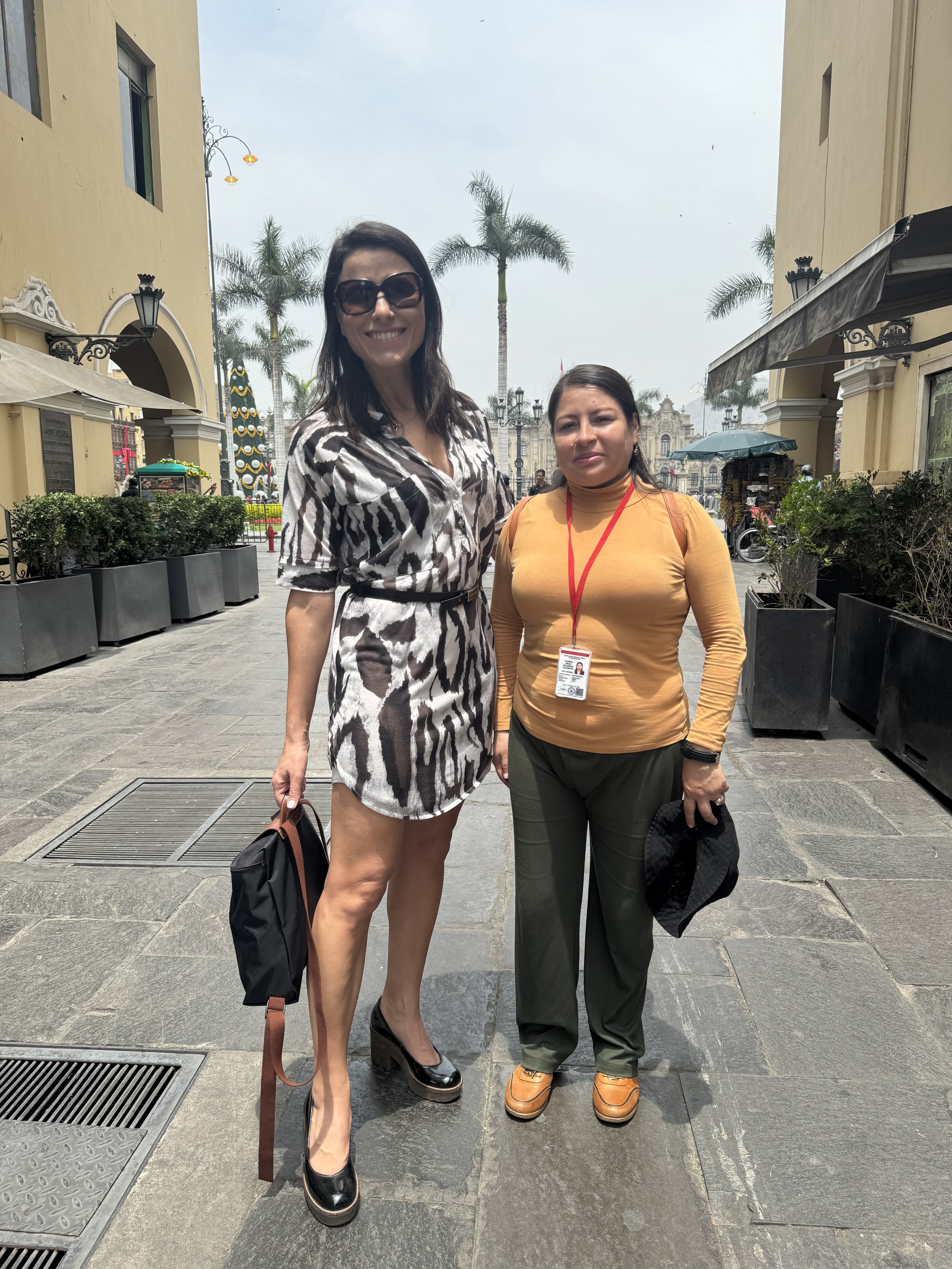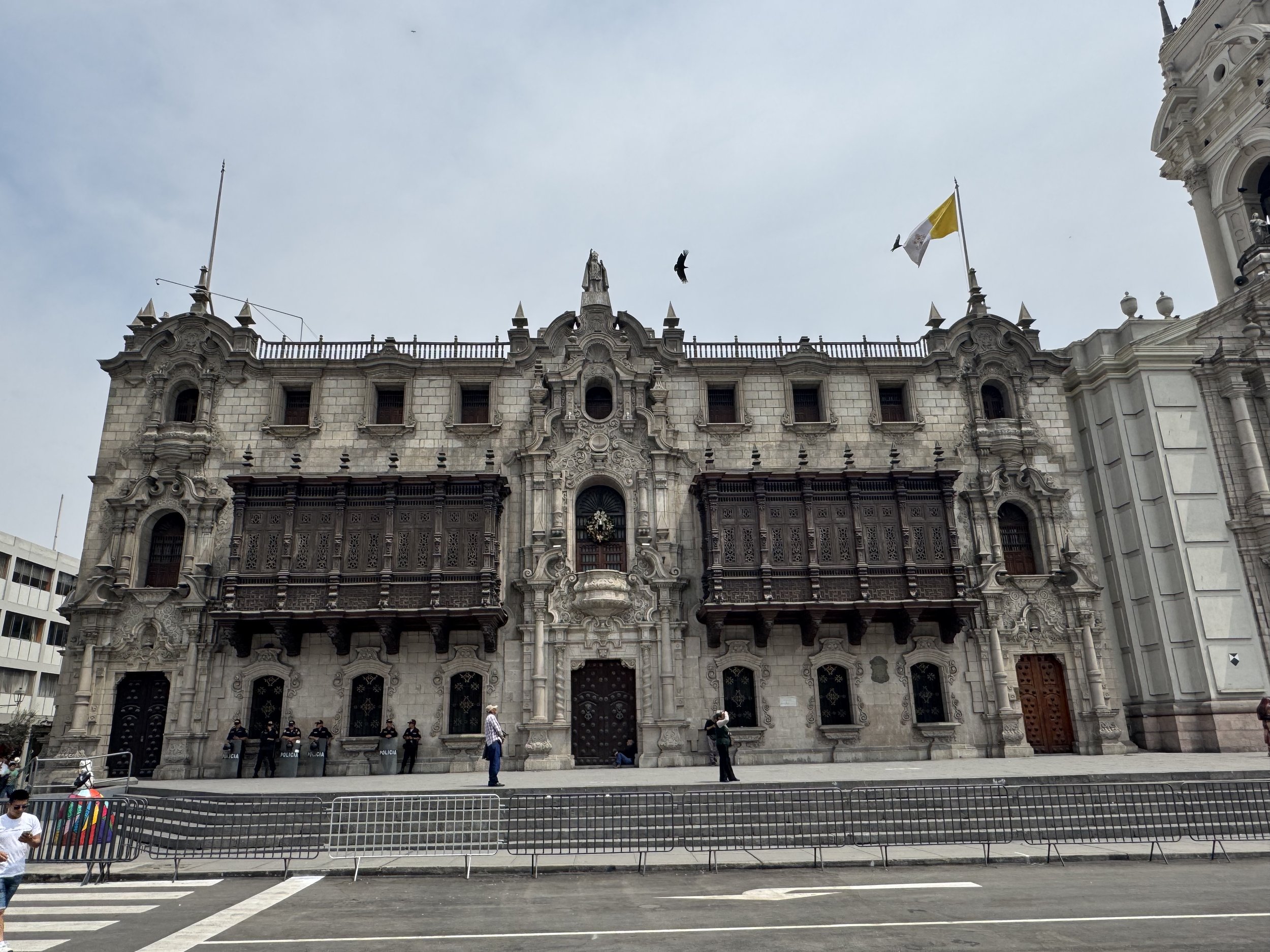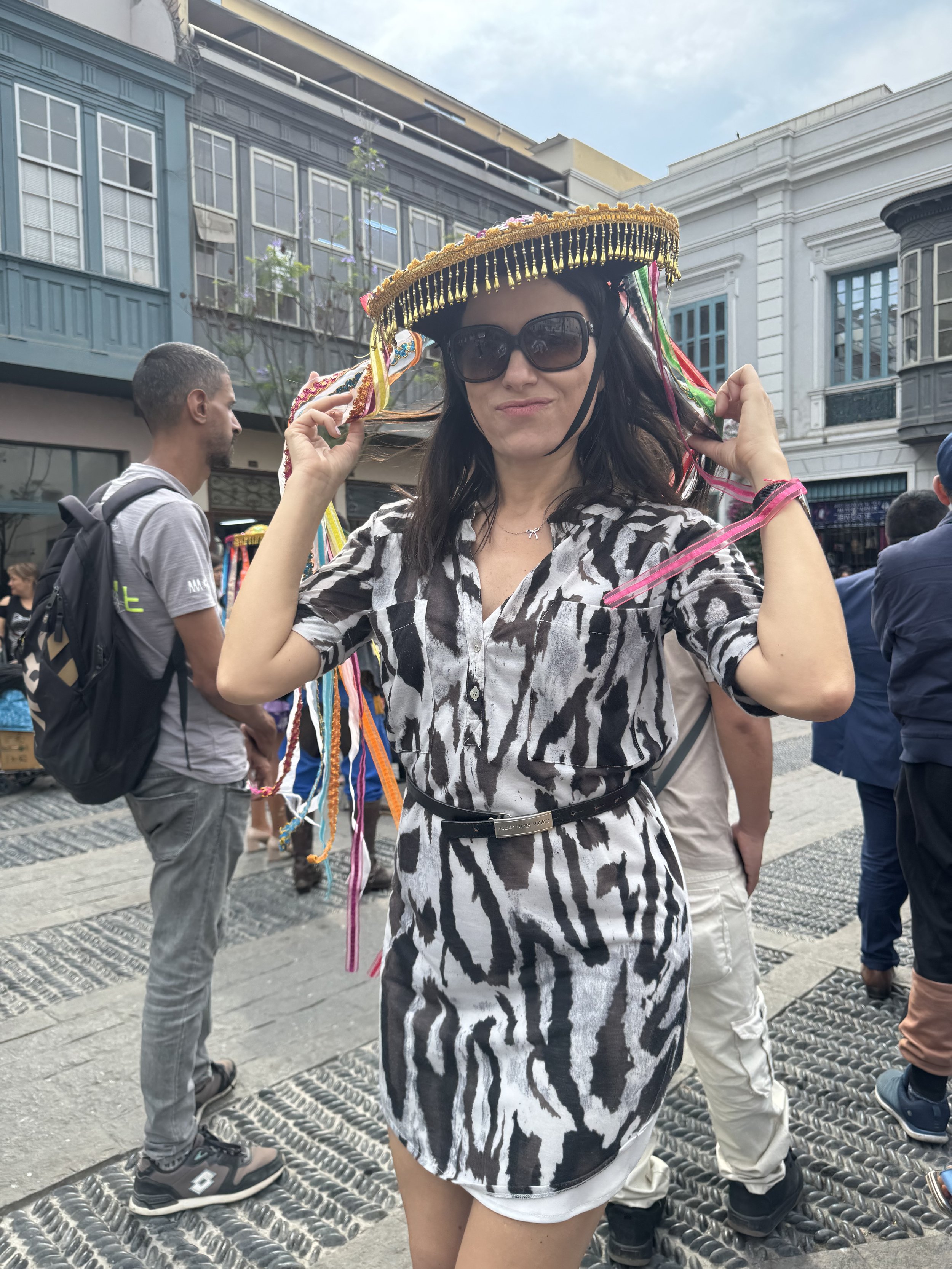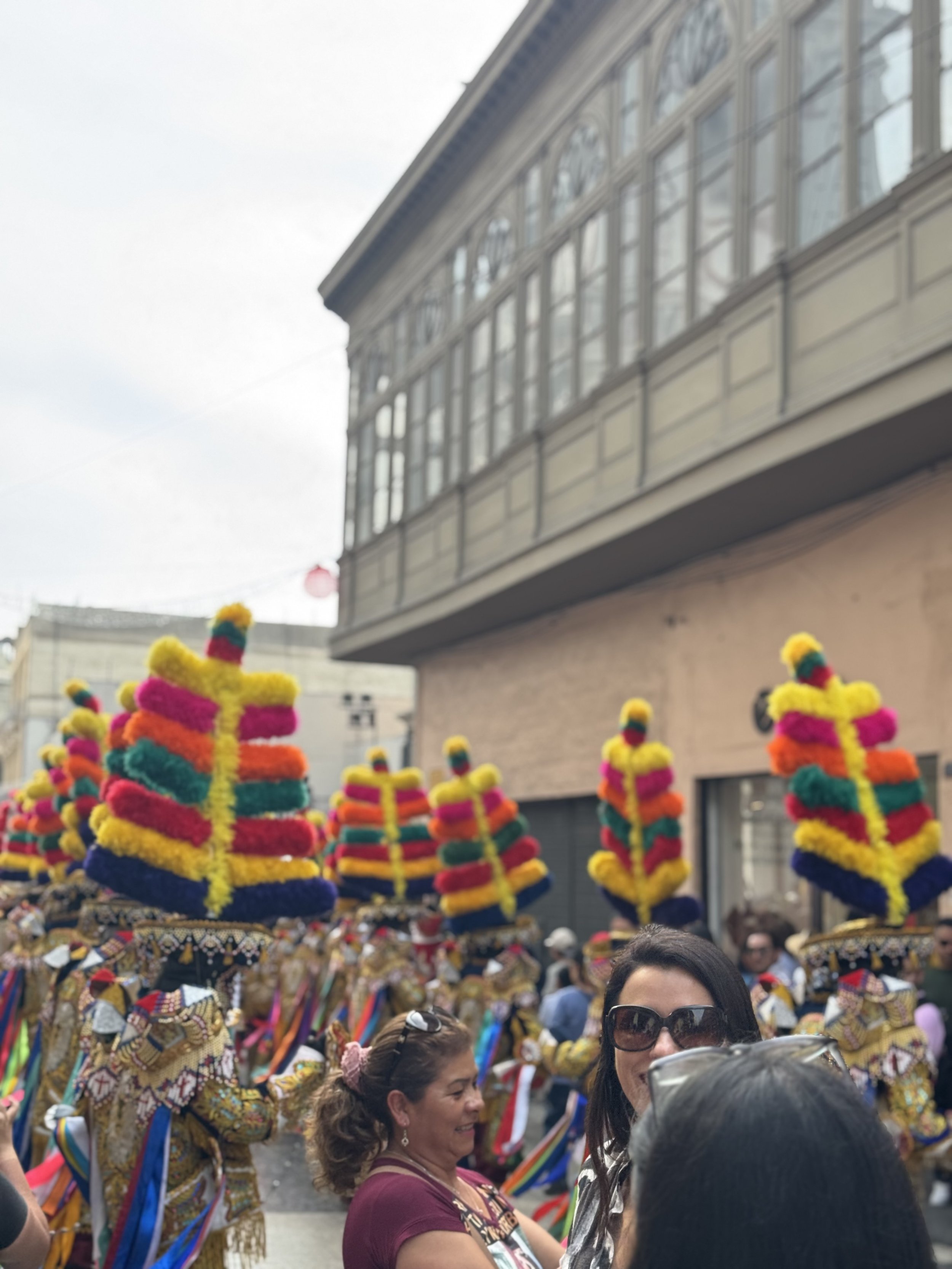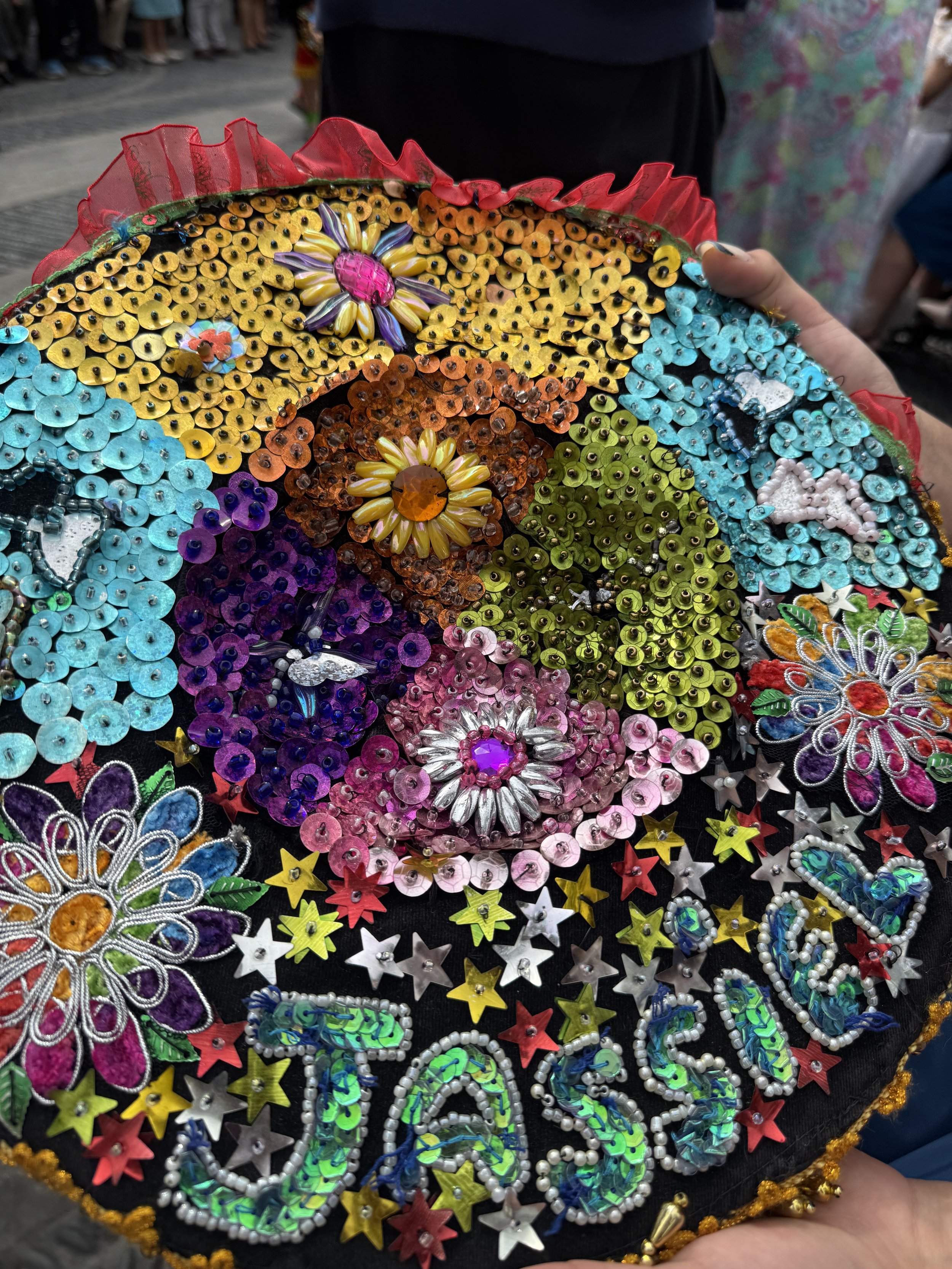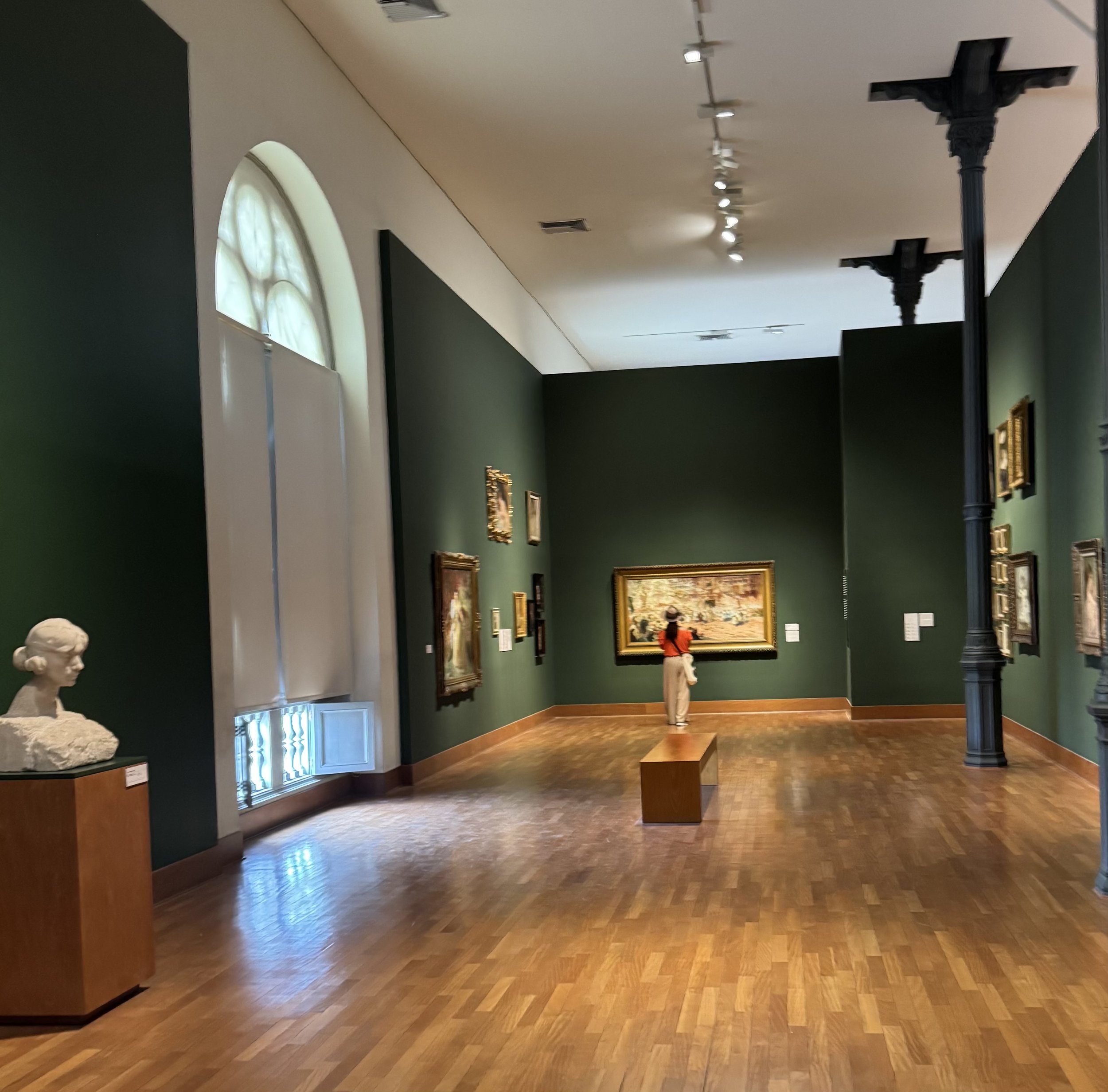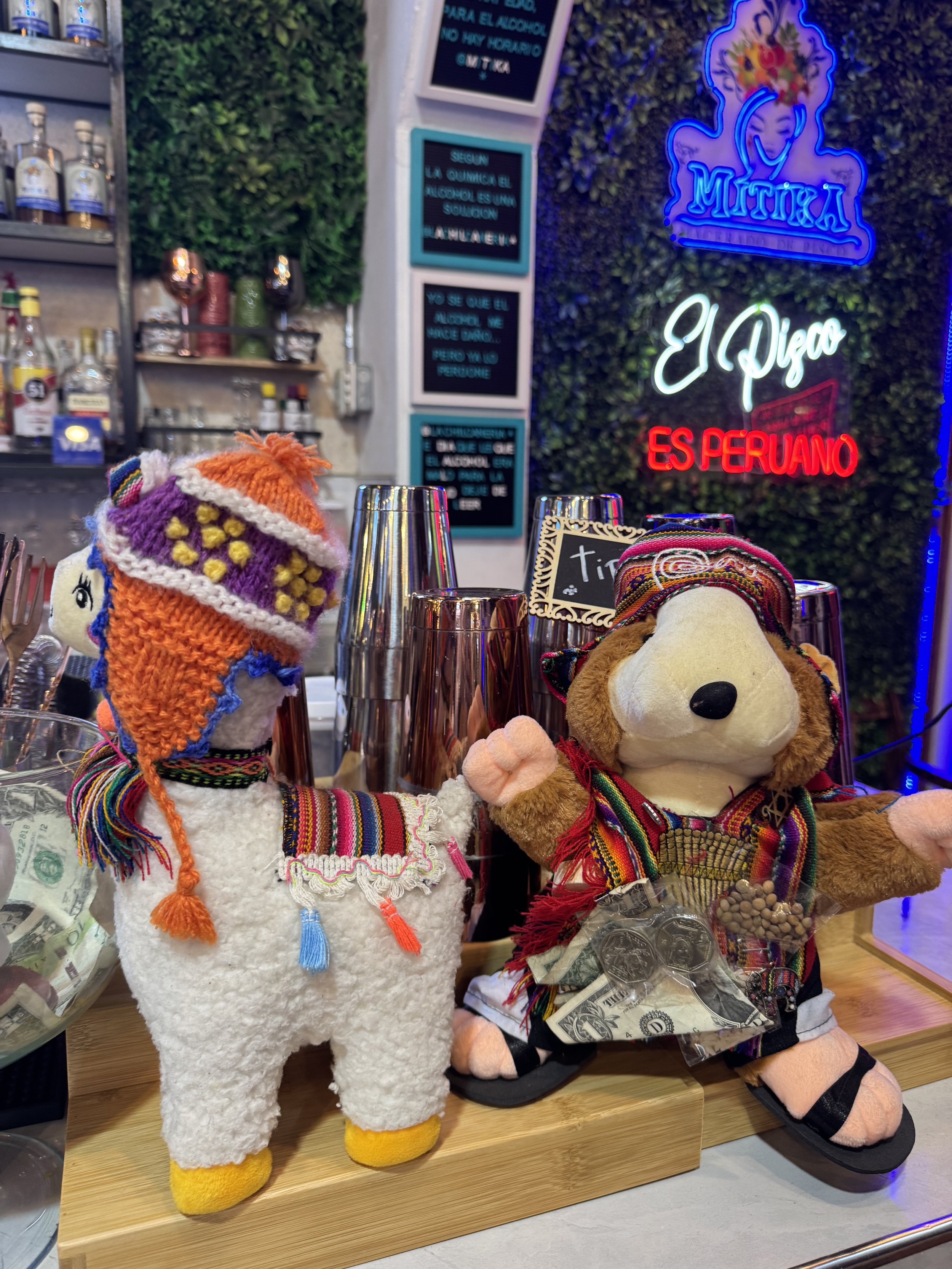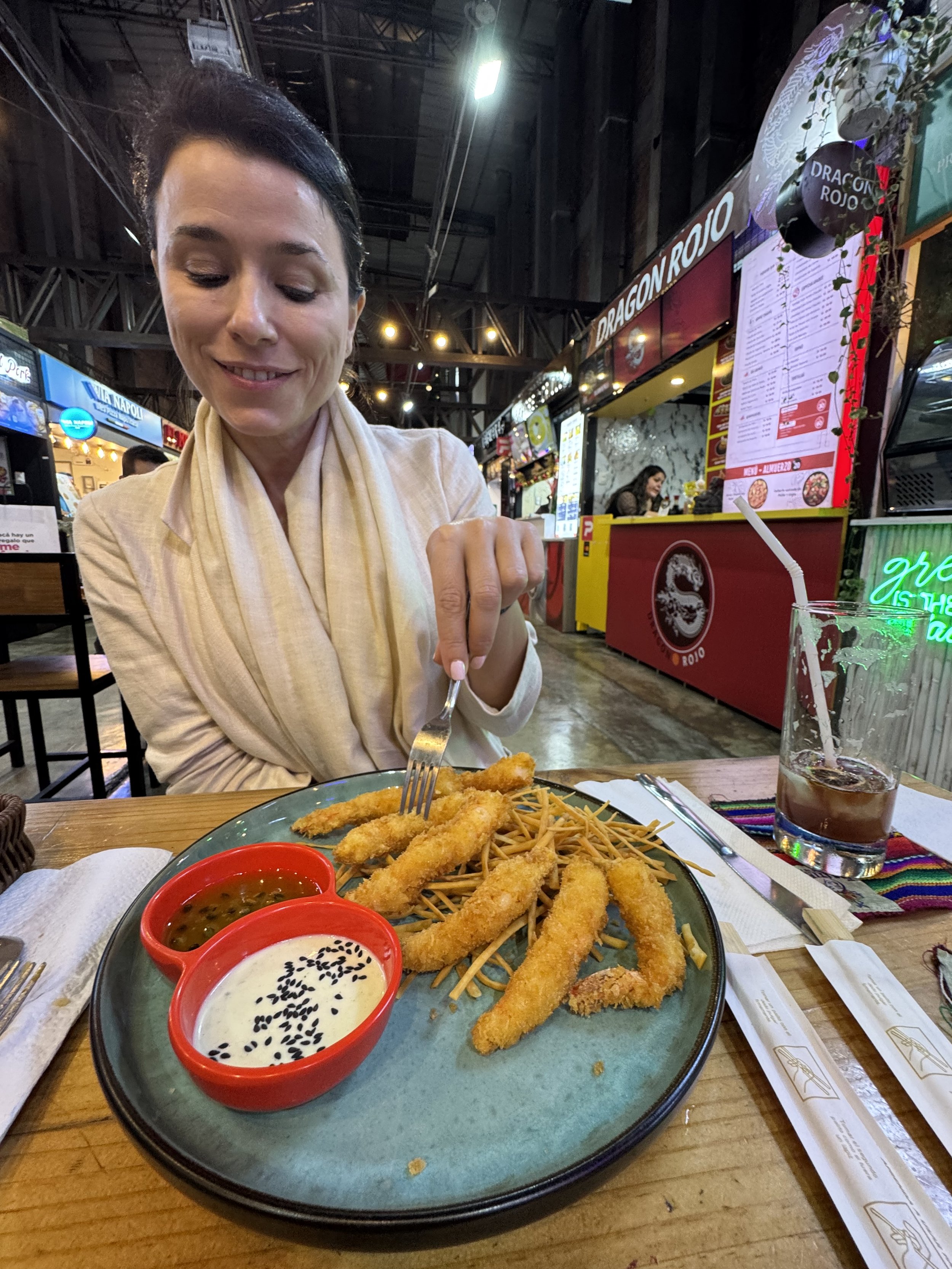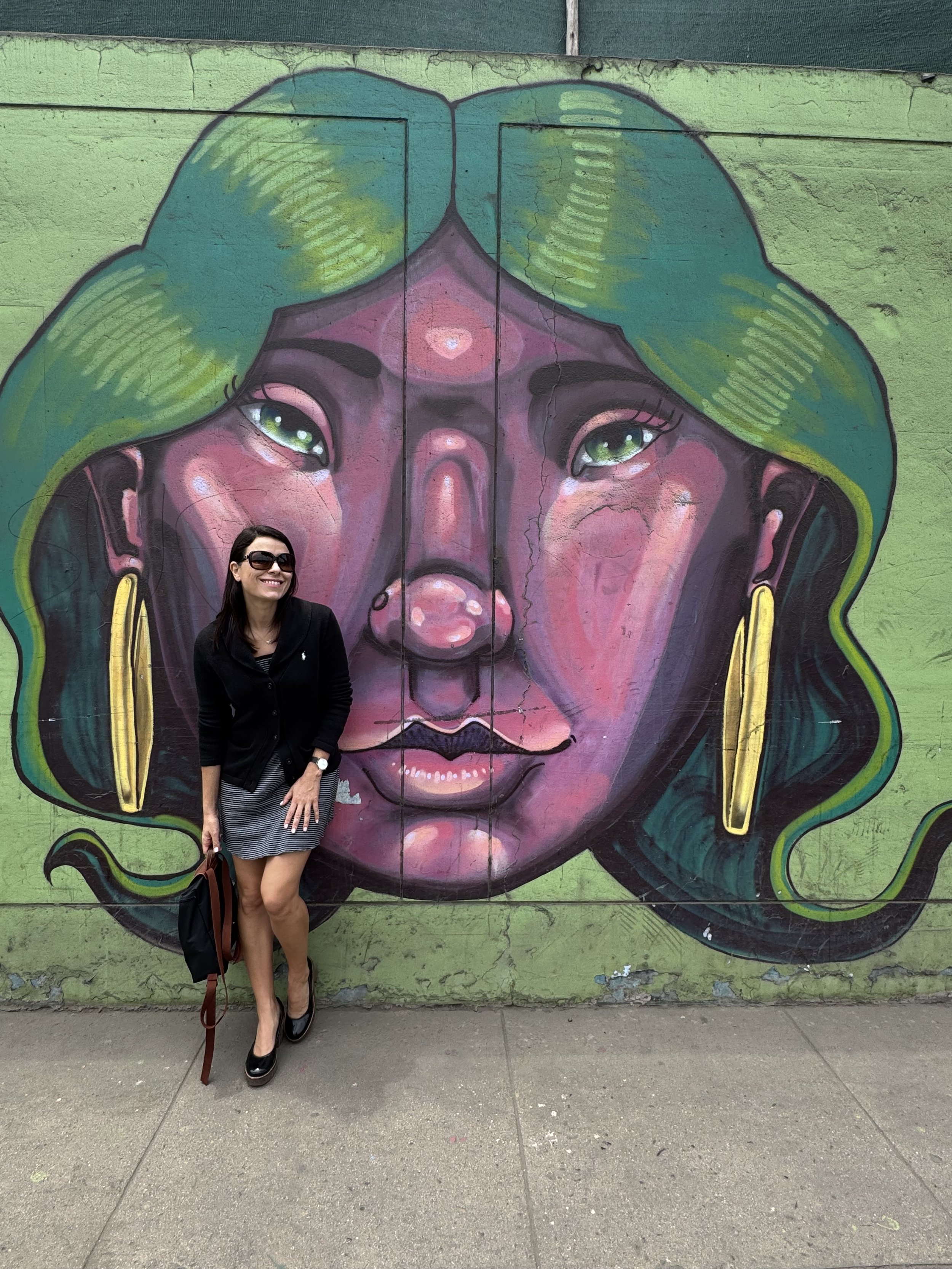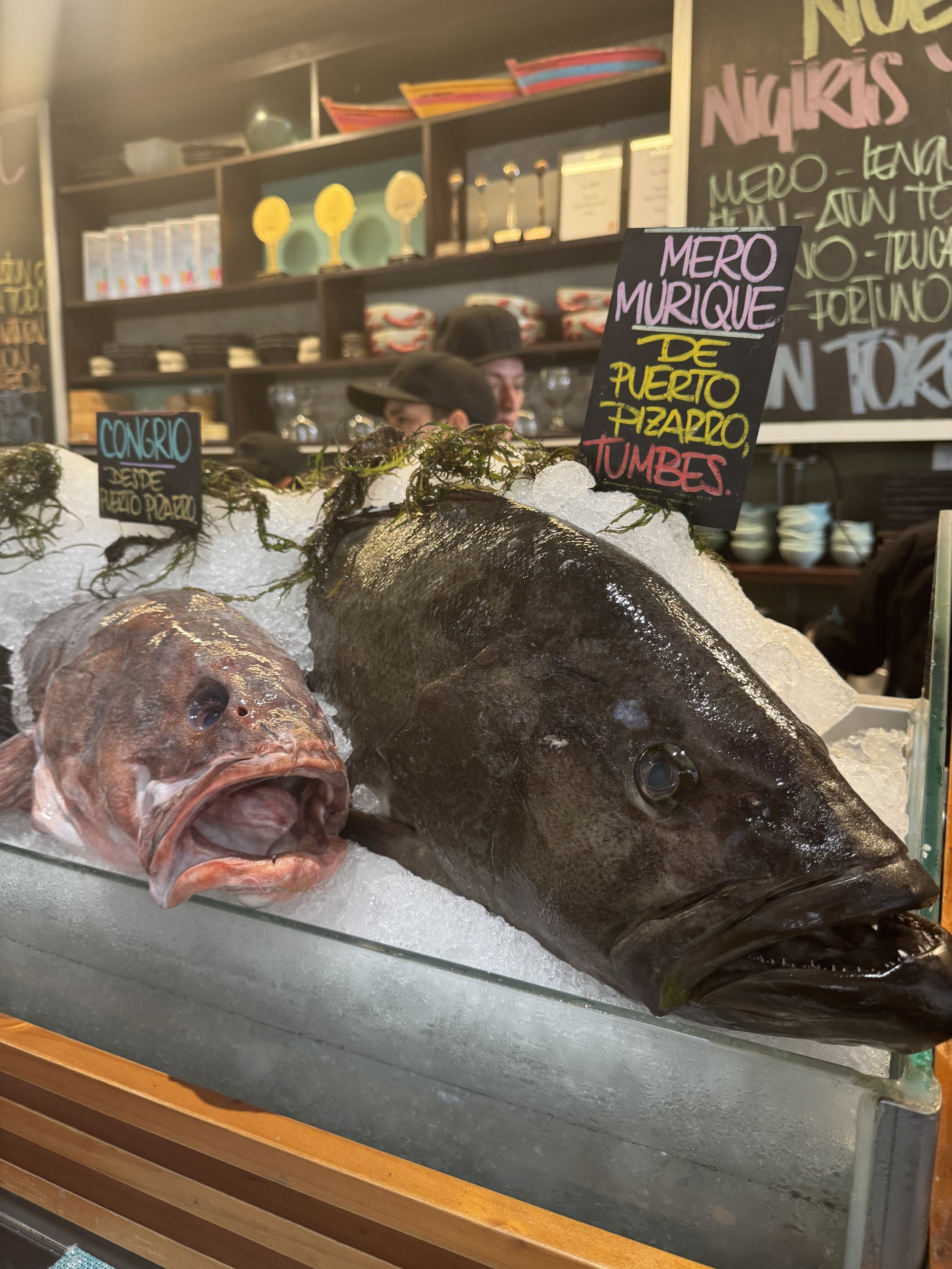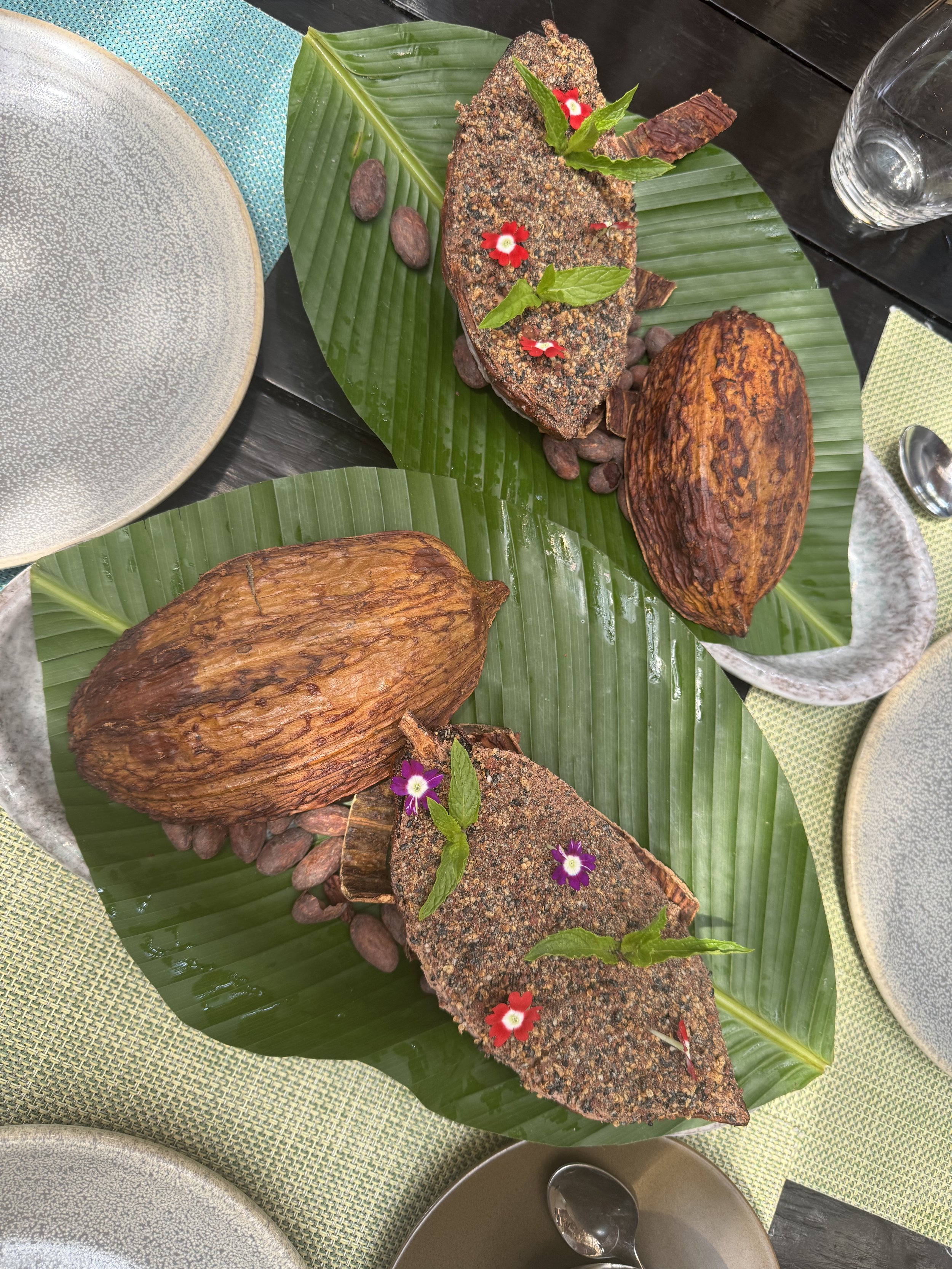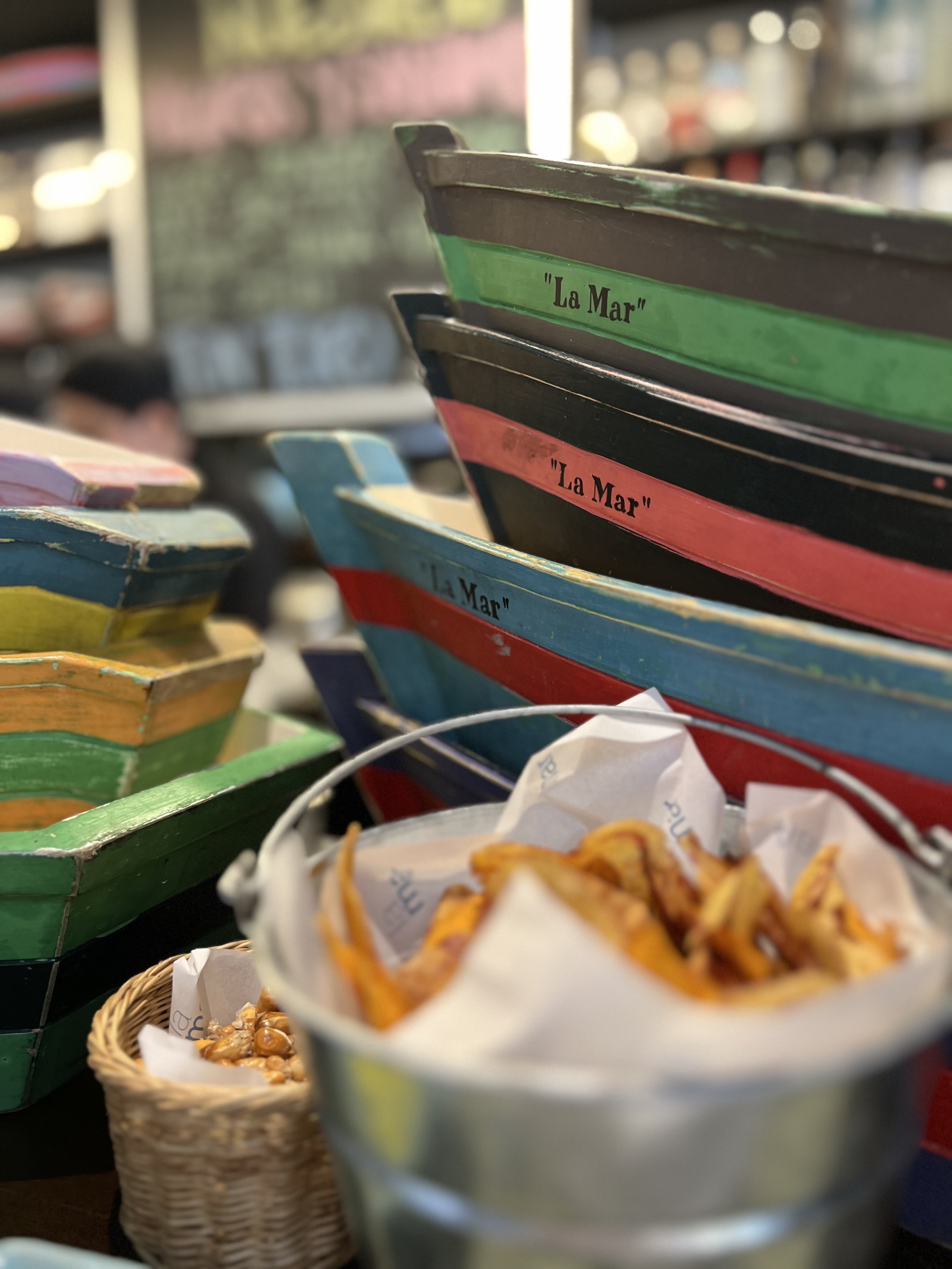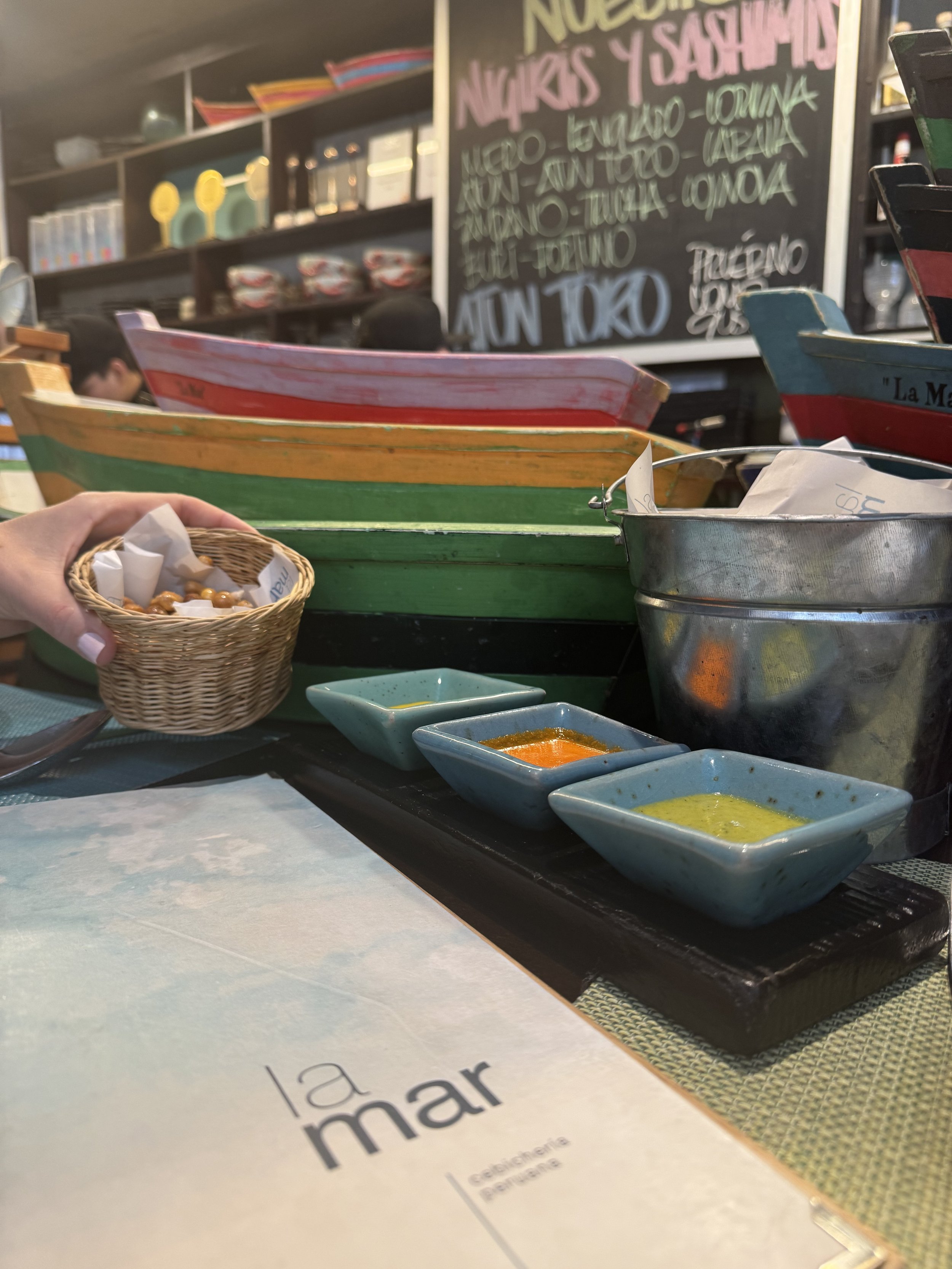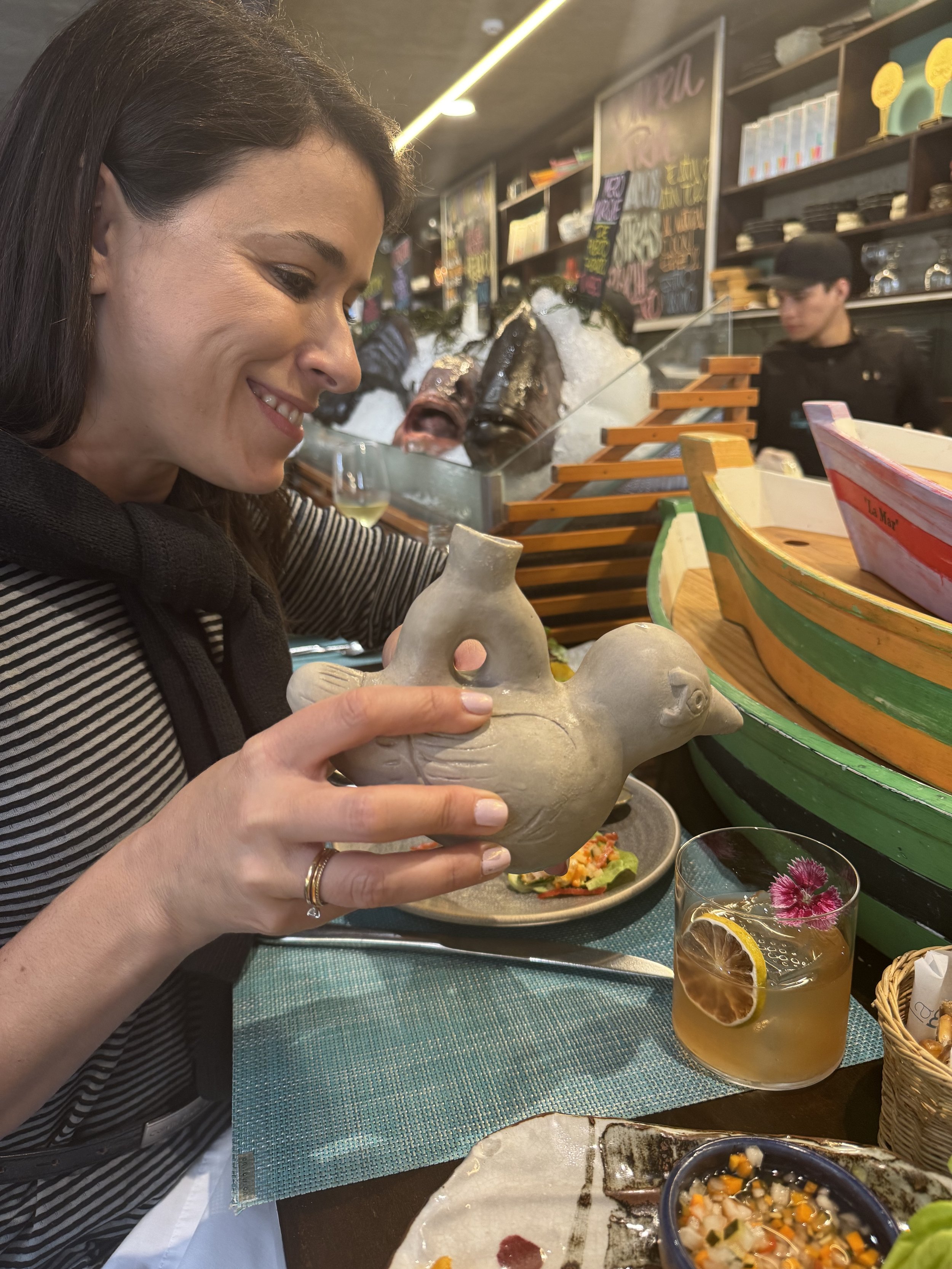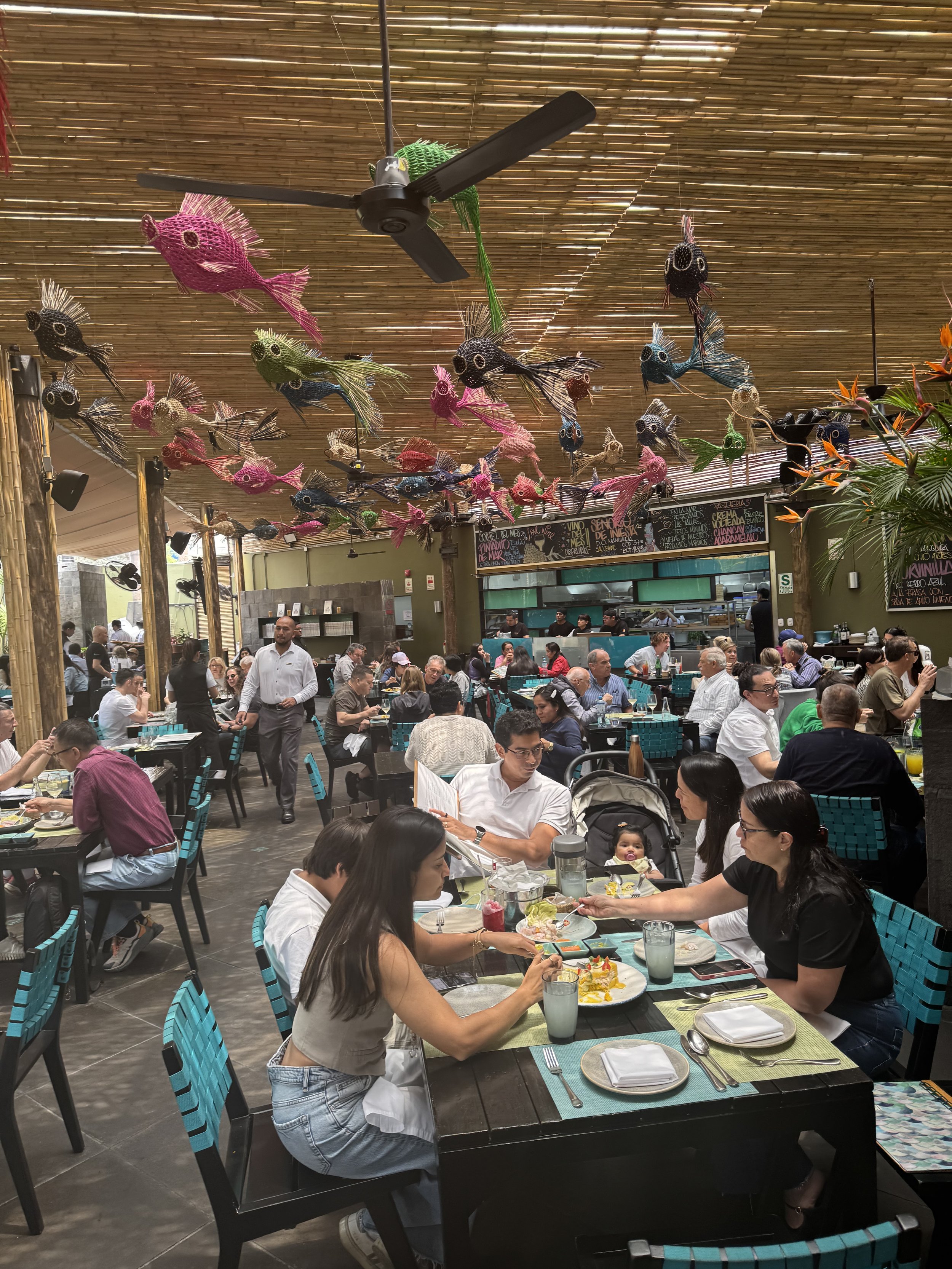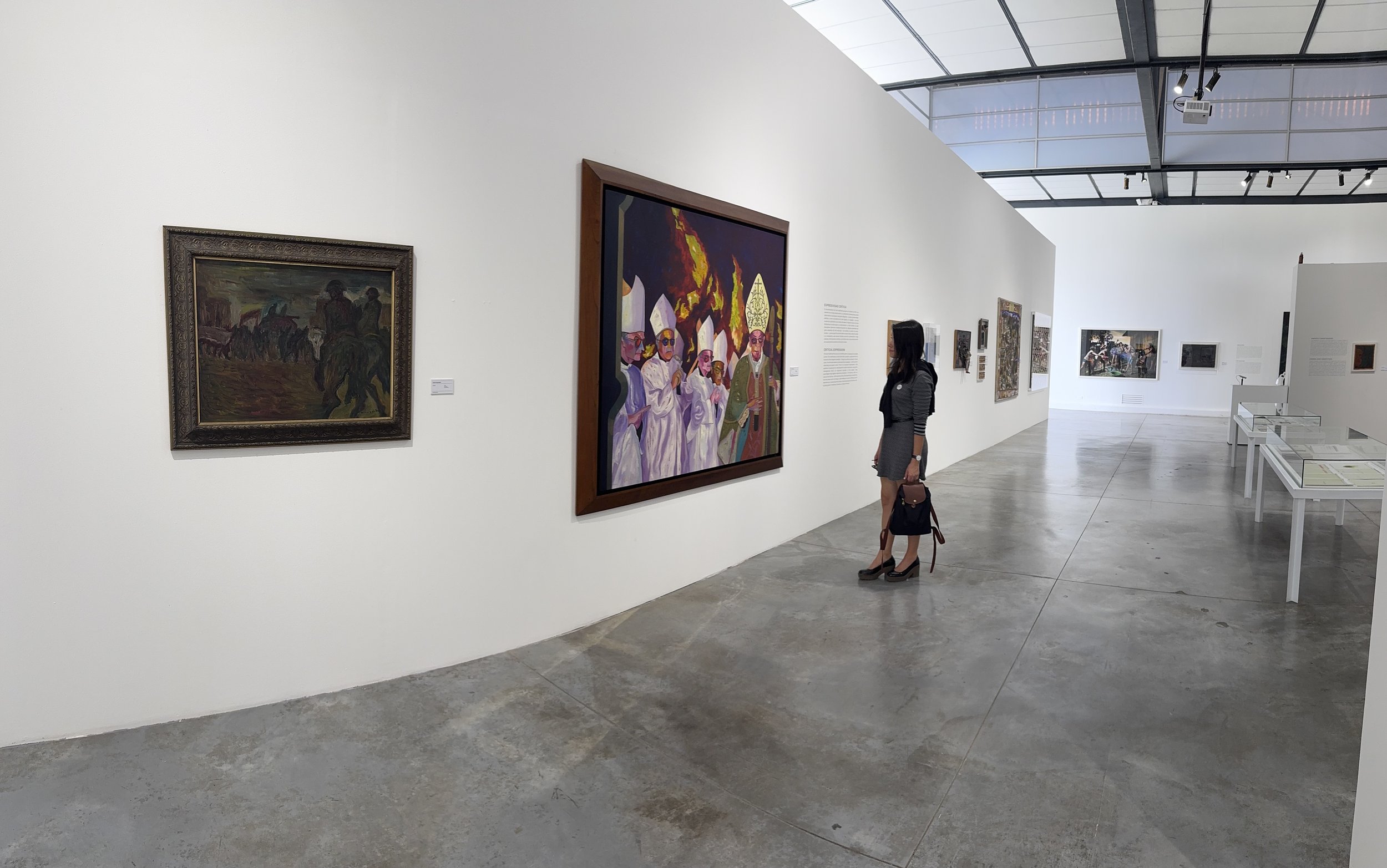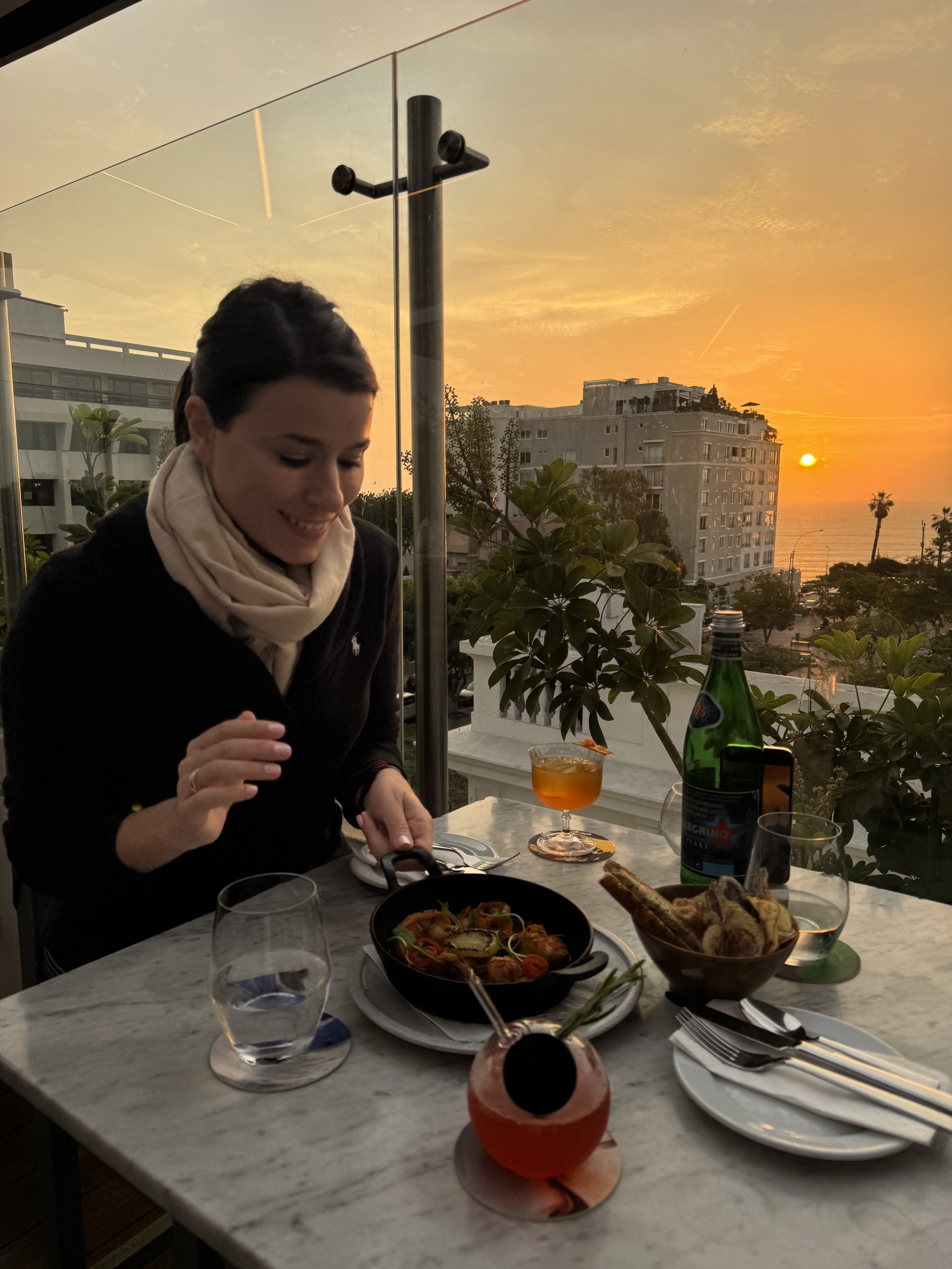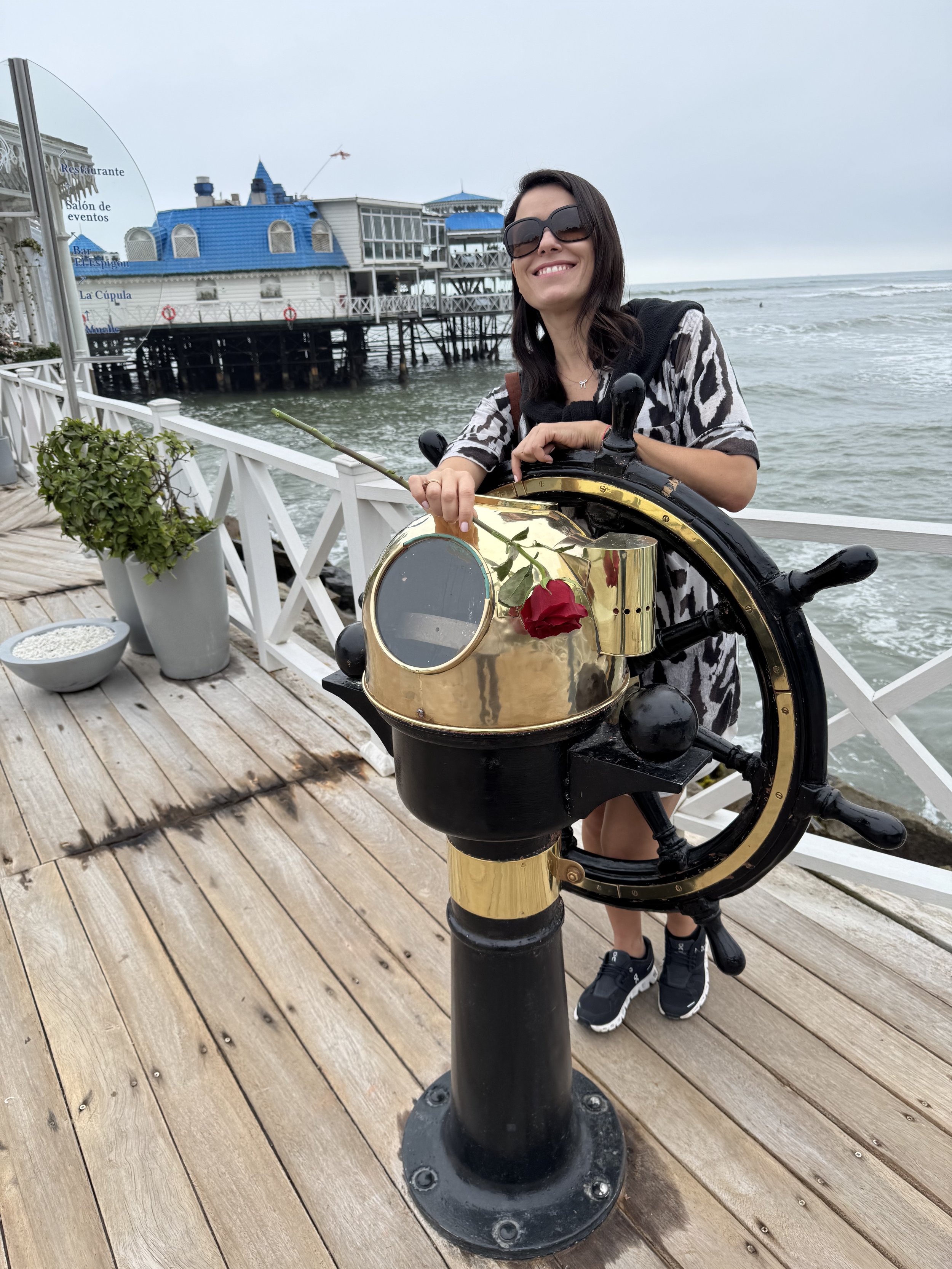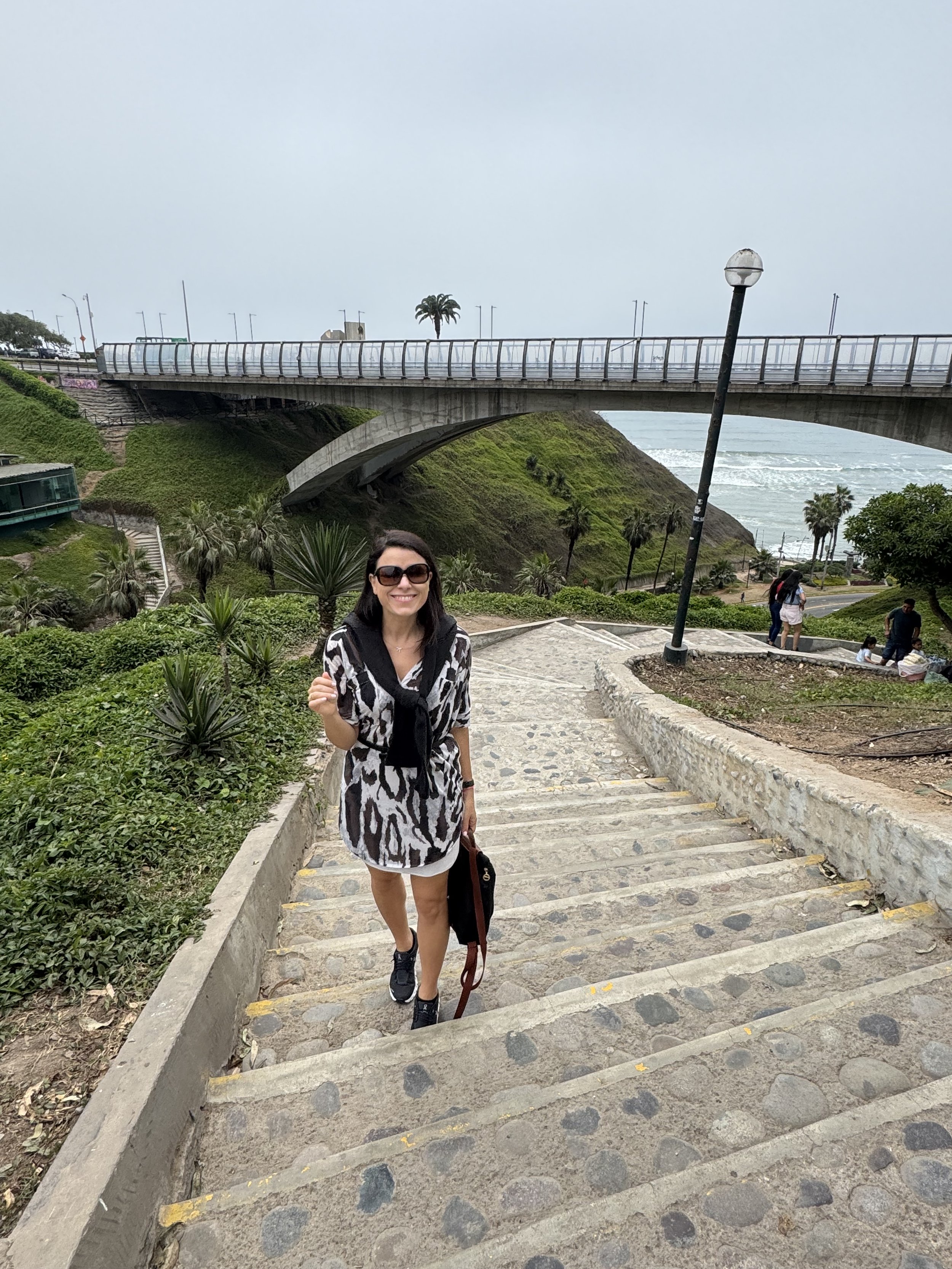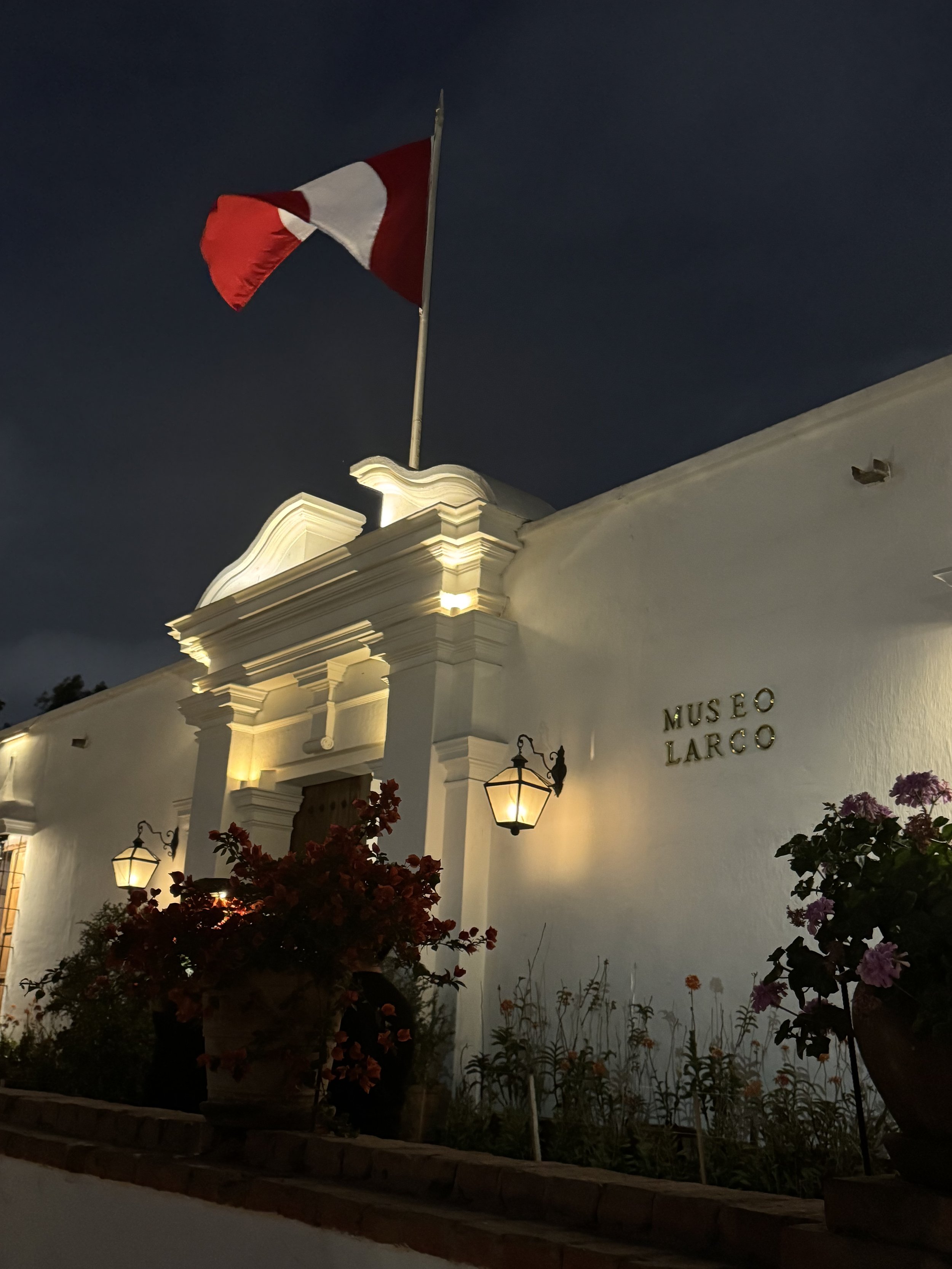Lima
Plenty of history, good people and better gastronomyWe arrived from our hometown, Salta, on a direct flight of less than three hours at dawn. We had booked a basic, well-located lodging in Miraflores neighborhood, Las Palmas Hotel, with no expectations other than a comfortable bed and hot water. A note, the value for money is decent but the room was very noisy at night due to its proximity to pubs.
To get from the airport, a recommended option, which works and is very affordable, is the Airport Express Lima bus service. A very agile trip to the most recommended district to stay. In fact, a lot of lodging options are located there, although Barranco is also sought after by tourists.
Once in the city it is super safe to use Uber.
So, we left our backpacks and headed to the historic center.
First we visit Casa Aliaga. The house of Jerónimo de Aliaga is open to the public by paying an entrance ticket and the cost of the private guide who takes the tour.
It is a gem of the historic center of the city, as it preserves the architectural and decorative heritage of a mansion from the colonial era. Built in the 16th century, it is absolutely remarkable the state of conservation of its magnificent furniture, works of art and valuable objects belonging to the Aliaga family.
Nearly sixteen generations subsequent to Don Jerónimo treasured the house. It is located right in front of the side of the Government Palace. From the pedestrian walkway, you can only see a huge wooden gate, which hides this attraction worth visiting.
Then we crossed the square towards the Monastery of San Francisco. Monasterio de San Francisco. Of colonial baroque architecture, it is an icon of the city. Inside are the catacombs with about seventy thousand bones.
It happens that in its basement the priests of the order were buried. In addition, the library contains ancient texts, including some that predate the conquest. The visit is guided by a guide who makes sure that no one takes photographs, which are strictly forbidden.
We continue with a quick visit to the House of Peruvian Literature, Casa de la Literatura Peruana, to learn about the interesting history of the writers and its beautiful building.
Returning to the Plaza de Armas, we passed by the ChocoMuseo.
Once in the center of the esplanade, we admire the beauty of the architecture of the Municipal Palace of Lima, Palacio Municipal de Lima, and the Palacio de Gobierno, the Government Palace, baroque style, which dates from 1937 and serves as the residence of the president of Peru.
The Plaza de Armas, also called Plaza Mayor, from the XVI century, was established by Francisco Pizarro.
It was the center of the Spanish empire in the continent. The bronze statue that commemorates him was erected in 1650.
Another outstanding building is the colonial-style Palacio Arzobispal (Archbishop's Palace), built in 1924.
Right next door, the Catedral of Lima from 1535, with its baroque style facade, where Pizarro ordered its construction and where his remains rest.
By then we were already hungry, so following the guide's recommendation, we headed for a restaurant called Chifa Pinwei. We wanted to try the traditional Peruvian-Chinese fusion food, due to the influence of the huge migratory movement from the Asian giant that took place in the mid-nineteenth century.
We tried the wantán, stuffed with chicken, and the main dish was chijaukay, a stir-fry with chicken and chaufa rice, delicious, accompanied by the iconic Peruvian drink, IncaKola, in its light version. It is super sweet and unmistakable for its intense yellow color. Like Coca Cola, its formula is kept under lock and key, but it is said that the base is lemon verbena.
Then, we left for a tour of the churches of the historic center, passing by the church of San Pedro and the imposing church of Santo Domingo. Just as we arrived, in the front square, the music attracted us. It was there that we came across a group of locals dressed in their typical costumes, very colorful, dancing in a circle to some newlyweds. We approached because curiosity prevailed and we even encouraged ourselves to join in the festivities. Everyone invited us to participate with great cordiality. In Peru, tourists are always welcome.
The Santo Domingo church is adjacent to the Convento Máximo de Nuestra Señora del Rosario, one of the most significant religious sites in Lima.
The Dominican friar Vicente de Valverde, who accompanied Pizarro during the conquest, ordered its construction, which was completed in the 16th century. In the church it was also customary to bury the friars in the subsoil, so it has its catacombs.
Inside is a chapel dedicated to the Virgin of the Rosary, considered the patron saint of the city of Lima.
Then we passed by the Church of La Merced, the Church of San Agustin and the Central Museum, while enjoying the celebrations that took place that long weekend for the Virgin's Day, when all the downtown streets were crowded with processions with dances and colorful costumes.
From there a walk to Torre Tagle Palace, Palacio Torre Tagle, a classic mansion that houses the Ministry of Foreign Affairs, then passing by the Pantheon of the Proceres, in the eighteenth century Jesuit church, heading to Plaza San Martin, perhaps one of the most outstanding of the city. Around it, stately buildings such as the Gran Hotel Bolivar and in its center an equestrian statue of José de San Martín stand out.
It was getting late and we wanted to visit the Museo de Arte de Lima, known by its acronym MALI. It is the most important fine arts museum in Lima. It has a collection of pieces of enormous value, from pre-Columbian times to contemporary works. Not to be missed.
Also in Parque de la Exposición is the Museo de Arte Italiano, with an outstanding collection, and the Museo Andrés del Castillo with its exhibition of Nazca pieces and ceramics from Chancay.
The sun was setting over the Pacific, so we took an Uber at full speed across town on the Luis Fernán Bedoya Reyes expressway to the Iberostar Selection Miraflores hotel. We knew that its rooftop offered good drinks, but above all extraordinary sunset views. And so it was. Some breaded prawns accompanied the Aperol Spritz we ordered to enjoy that amazing sunset.
Then, exhausted as we were after that first super intense day in Lima, we decided to have a snack at the Mercado San Martín also in Miraflores, very close to our accommodation. We followed with prawns and a fresh ceviche, with pisco sour.
The next day, we visited Lugar de la Memoria, a project that aims to preserve the memory of the violence victims that took place in the country between 1980 and 2000. It is a museum whose modernist architecture facing the sea is an attraction in itself. But it is also worth entering and touring its pavilions to learn about the history of Peru, told in a very objective way and with the intention of raising awareness in future generations.
From there, we walked to La Mar, Gaston Acurio's flagship restaurant, which has branches all over the continent. In passing by, we visited the art gallery of Peruvian artist Marcelo Wong, super fun and enjoyable. And we were also surprised by the Puku Puku, coffee, with its coffee roastery in sight. Peru not only stands out for its gastronomy, but also offers great options to have a very good coffee, that was the case of Puku Puku.
Once at La Mar we ordered an octopus of death and power prawns, an emblematic dish in which the proposal is to make taquitos of lettuce with the tasty prawns.
We accompanied it with the signature cocktails offered by the restaurant.
After the banquet, we headed to the MAC, passing through the Parque del Amor, where the giant sculpture of a kissing couple stands out.
The Museum of Contemporary Art has a permanent exhibition of Peruvian art by established and emerging artists, as well as temporary exhibitions.
From there we headed to the other great neighborhood of Lima, Barranco, to walk along the “Puente de los Suspiros” (Bridge of Sighs). Legend has it that this narrow wooden bridge over the stairs leading down to the beach inspired love songs.
We went down the stairs to the great viewpoint of the sea, without missing the opportunity to taste the picarones, a kind of fried doughnuts with honey, very sweet and tasty.
Barranco is the old fishing village and current bohemian district of the city. The famous artist Victor Delfin has his studio there. It is enough to stroll along its avenues to enjoy the architecture of its old mansions, where art galleries, bars and hotels operate. In fact, one of them offers another great viewpoint for the sunset. It is the Hotel B. There we met Sergio Moreno, the barista and bartender expert in local drinks, who gave us a memorable tour of Peruvian distillates! Simply extraordinary his kindness and charm as he proudly showed us the local production.
We enjoyed another glorious sunset on the Pacific and then treated ourselves to a signature dinner at the Awicha restaurant, also in Barranco. This was undoubtedly the trip of the prawns, as we tempted ourselves by ordering the coconut jumbo and a duck breast with mashed potatoes and leeks and a fresh salad. There we found a rarity abroad: wines from Salta!
For our last day in the city, on that gastronomic weekend we had set out to make, we decided to walk to the famous Rosa Naútica. The restaurant overlooking the sea with a phenomenal view of Lima's great ravine and the tall buildings of Miraflores, while the surfers below tried to catch a good wave.
We ordered some cold Cusqueña beers and some seafood plates to share. “Of course, gentlemen” said Mr. @tripticity_ as the mega prawns came out on one side and a seafood rice dish, also extraordinary, on the other.
For dessert, we knew we wanted to delight ourselves with a suspirito limeño, so we went up to Larcomar, the most beautiful shopping mall overlooking the sea in the continent, as Tanta, another variant of Gaston Acurio's gastronomy, is located there. We were also tempted with a pistachio tartlet and a very fresh rosé from Nuevo Imperial Cañete, from the winery Viña D'los Campos Santa Adela and a white wine from the Ica region from the Queirolo winery.
After that, on the way to the hotel, we were tempted to buy some Peruvian cotton t-shirts, the soft kind that characterizes Peruvian textiles.
It was getting late, but we could not leave Lima without visiting the Larco Museum, Museo Larco, located in an 18th century colonial mansion. As it was relatively close to the airport, in Pueblo Libre, we took our backpacks and left. We entered a while before closing time, so we toured it efficiently.
It is an archaeological museum with a magnificent collection of pre-Columbian art, founded in 1926 by Rafael Larco Hoyle.
The collection of ceramics stands out above all.
Among its flowery gardens, the museum's restaurant stands out with a terrace full of bougainvillea flowers.
As almost everything in Peru, there is a differential rate for foreigners.
From there we took a car to the airport. It was then that we suffered the heavy traffic characteristic of Lima. It is certainly advisable to be aware of the time that a transfer can take, paying attention to the traffic jams that can cause a trip to double in time.
And so, between prawns, Peruvian sweets, art and lots of city life we said goodbye with the desire to return to another gastronomic tour of Lima.


